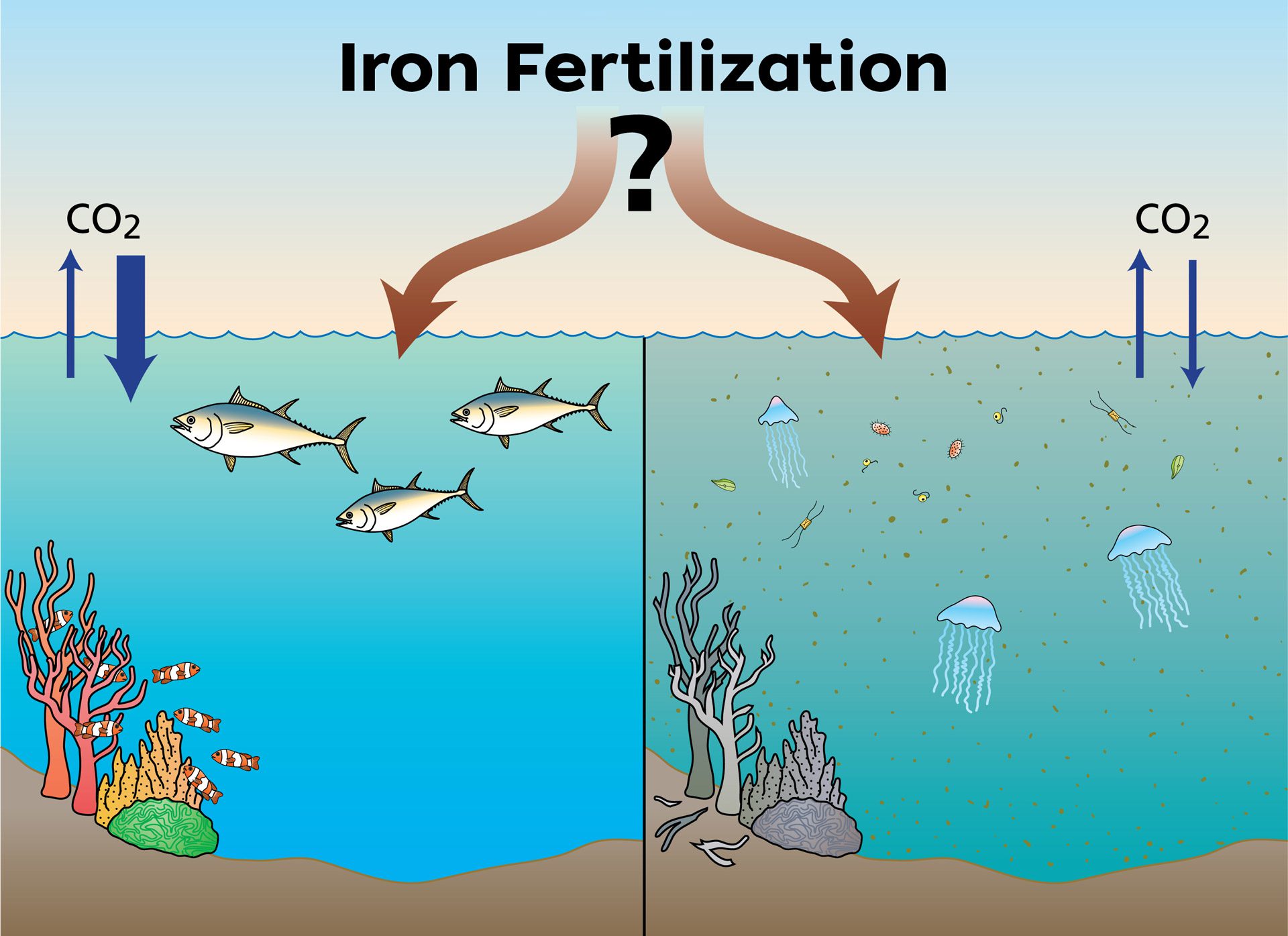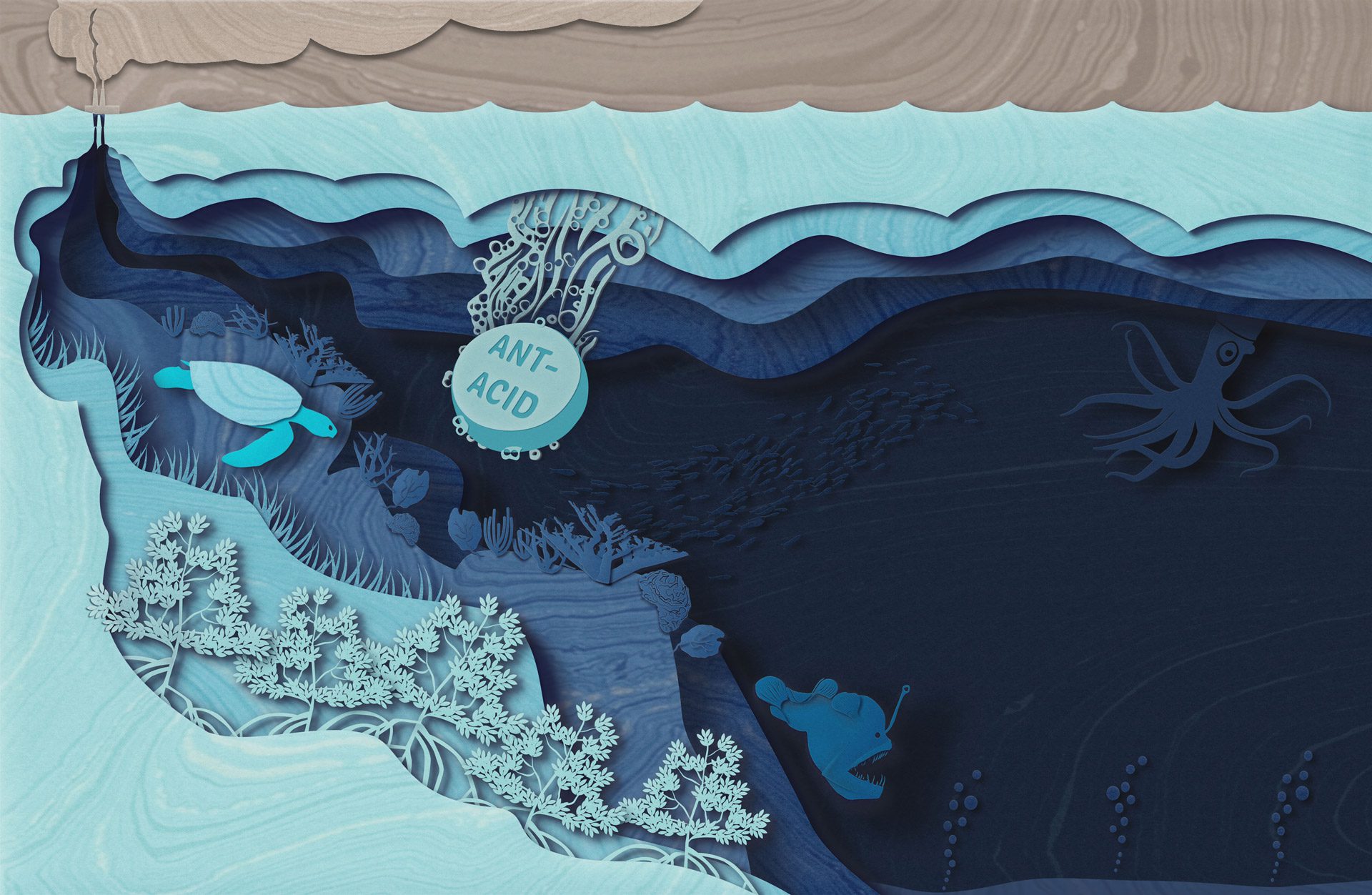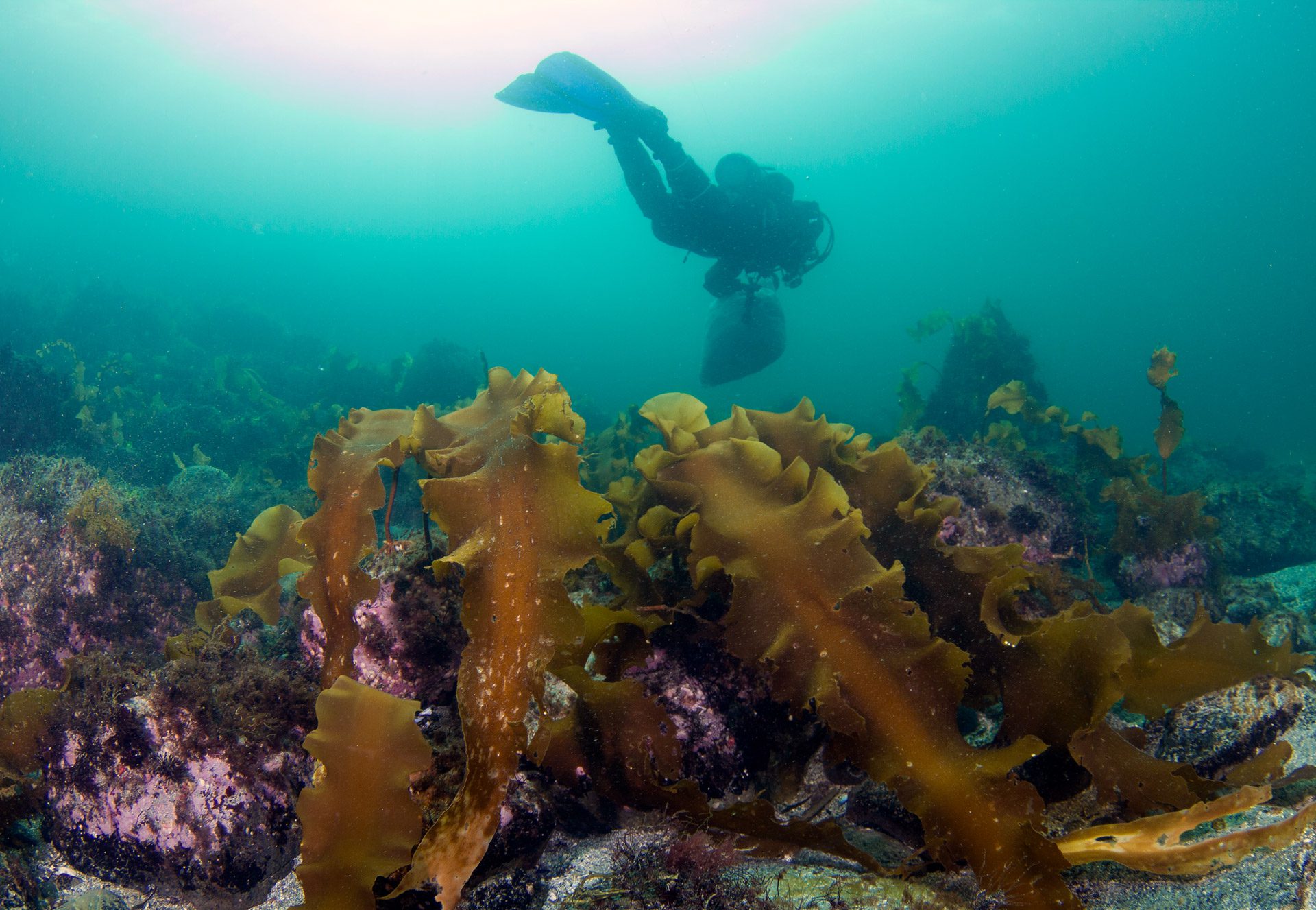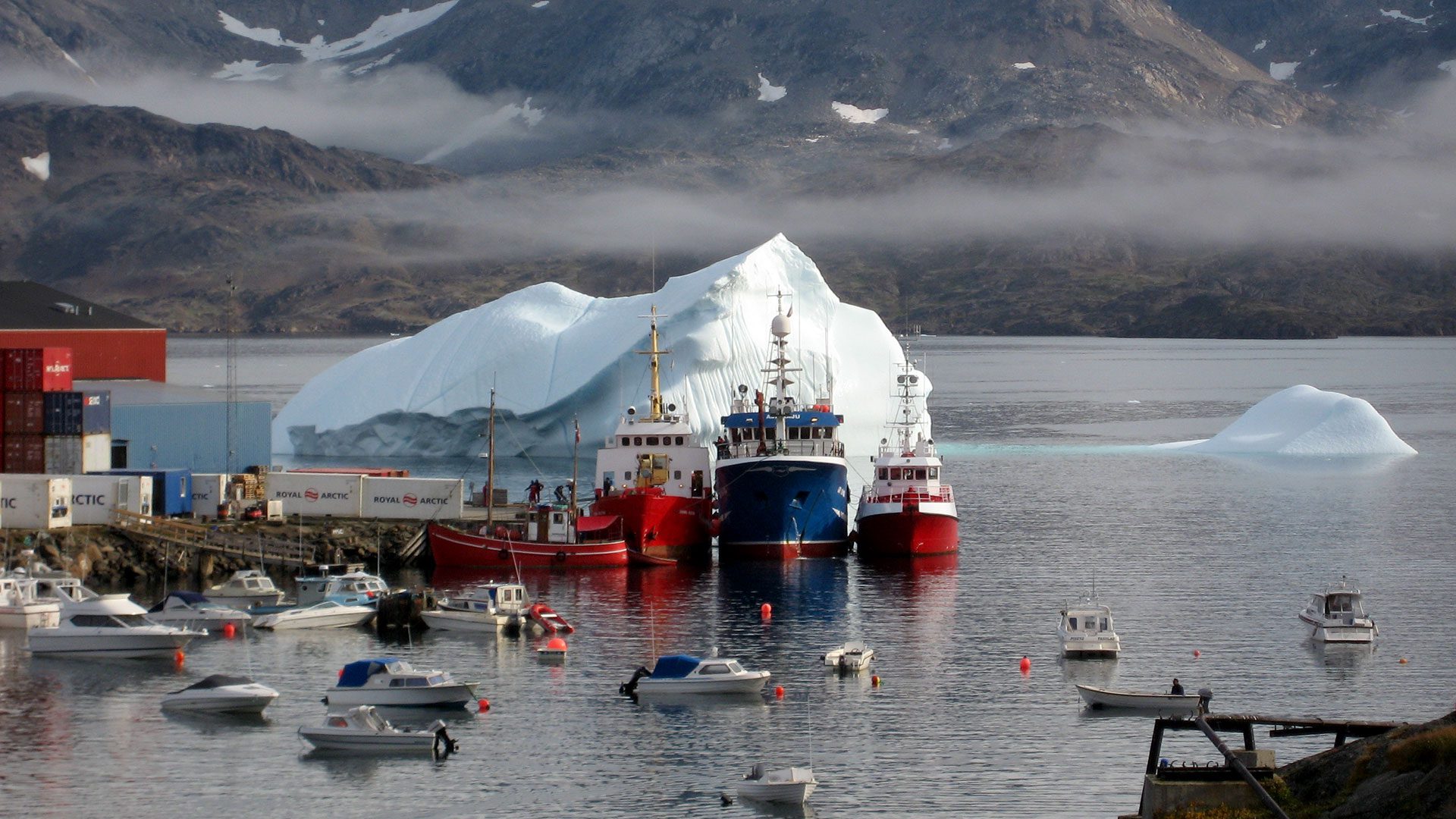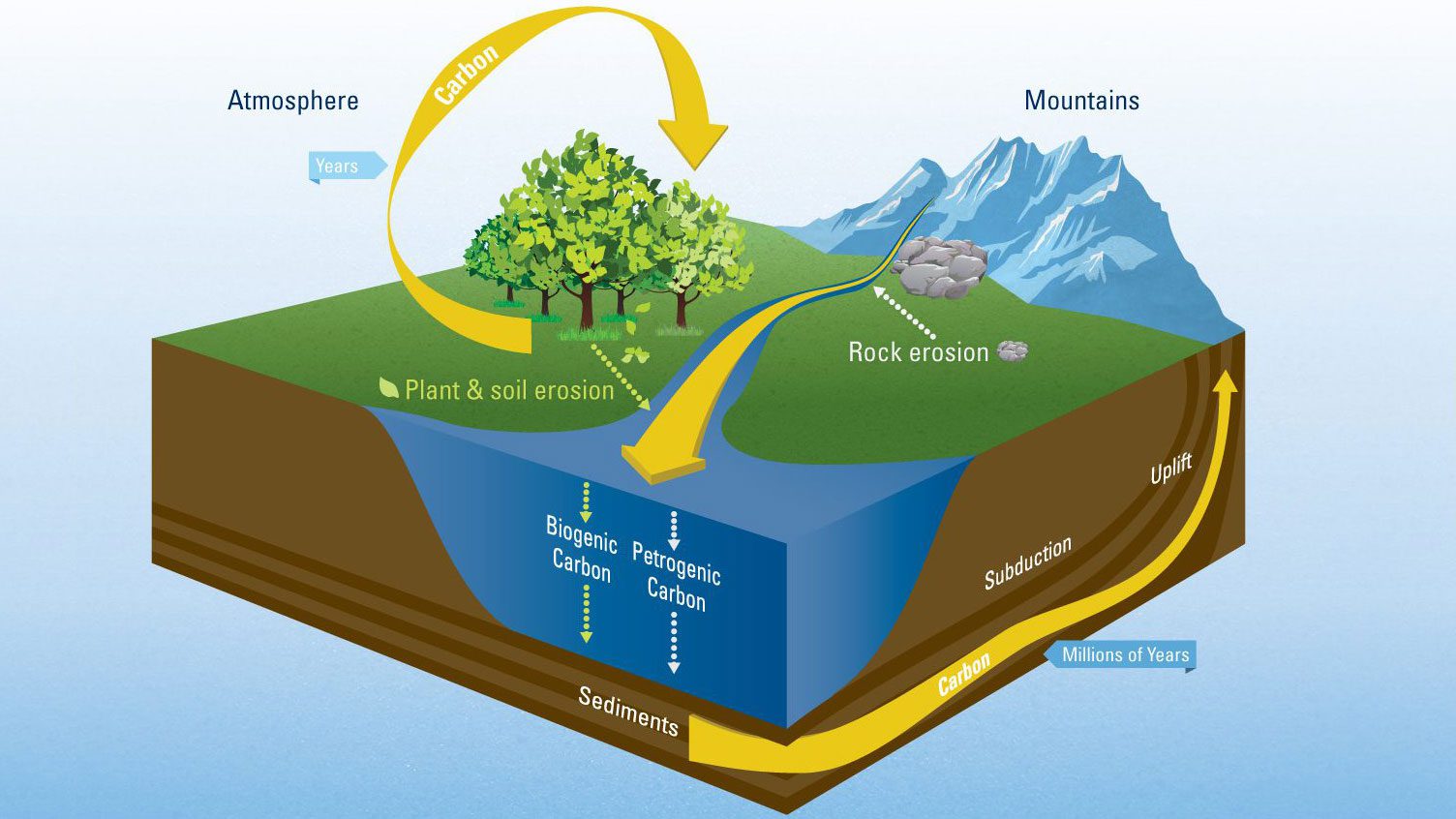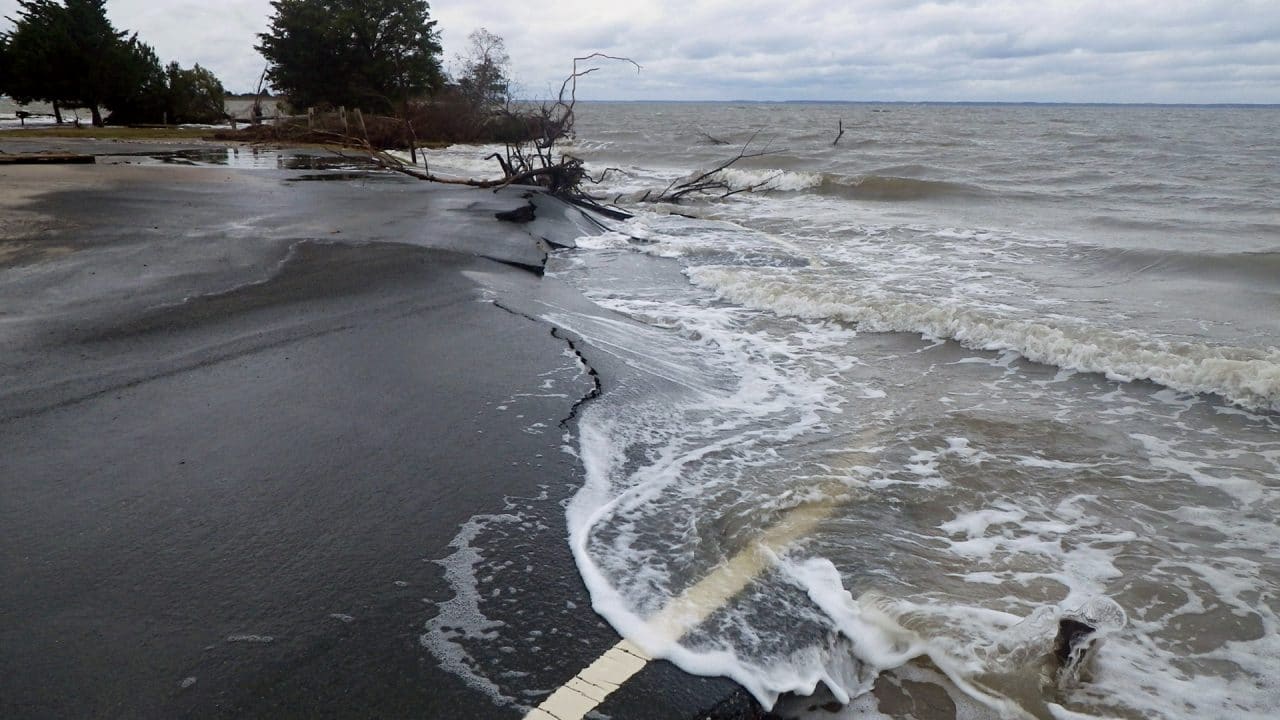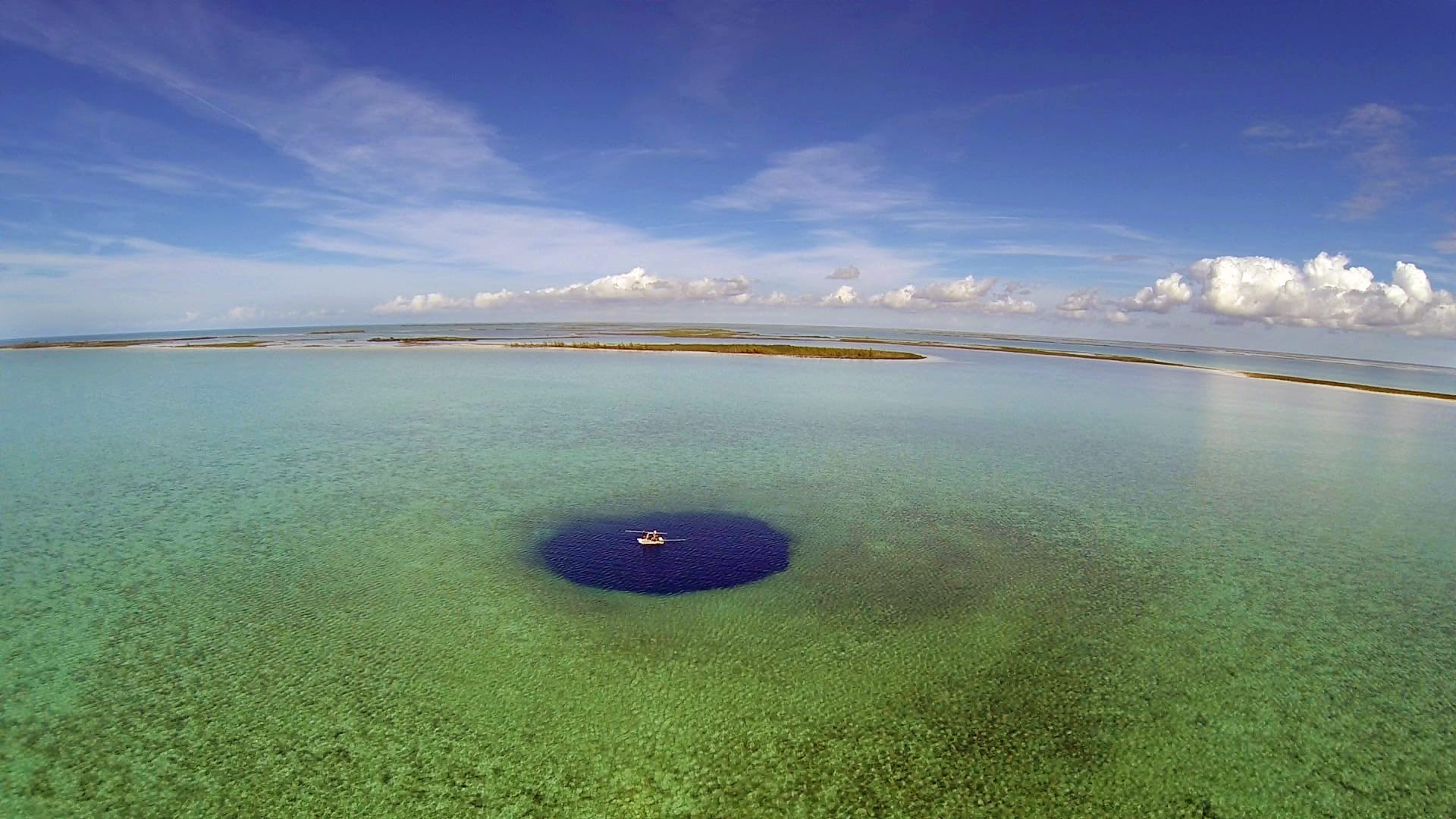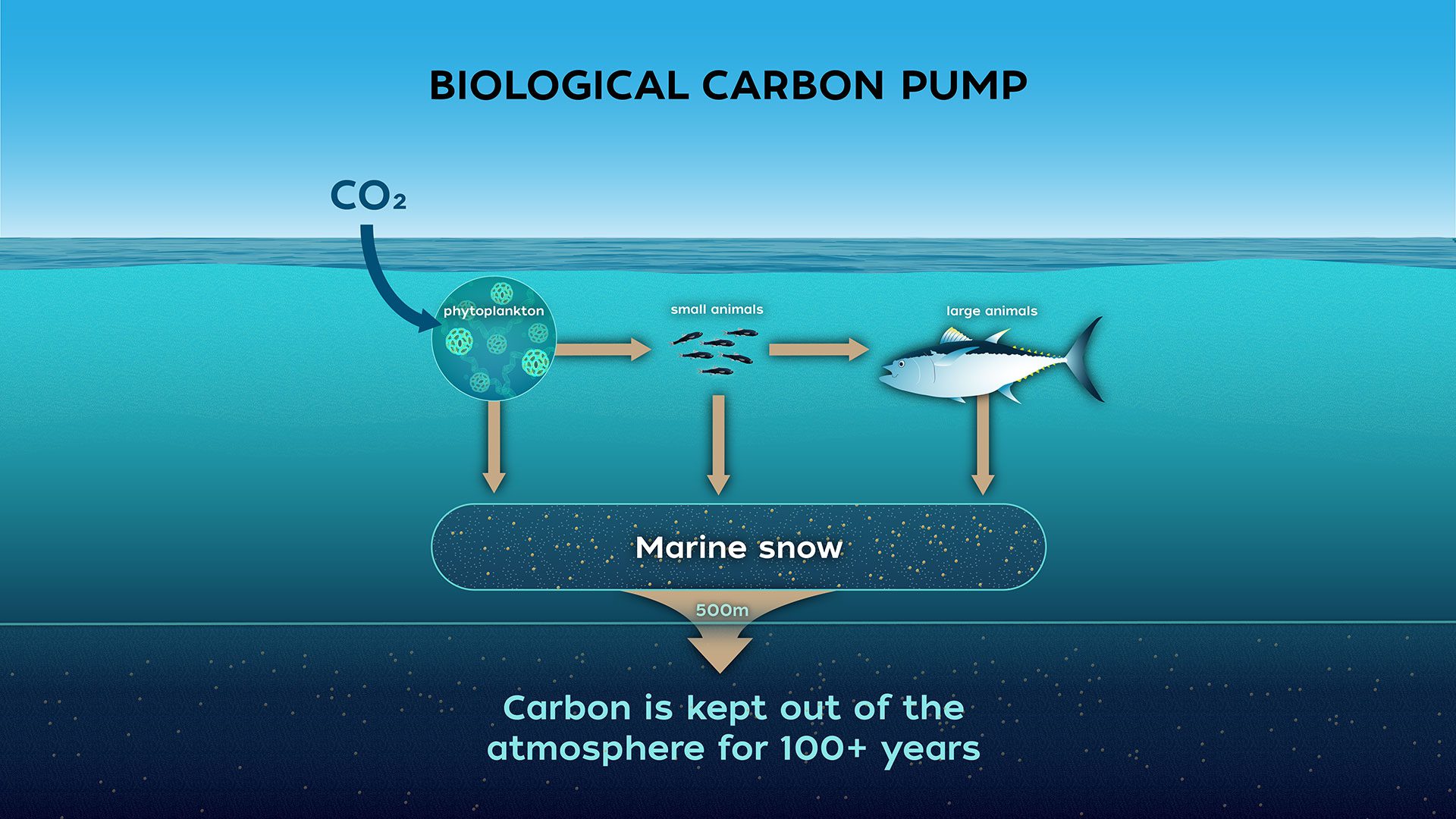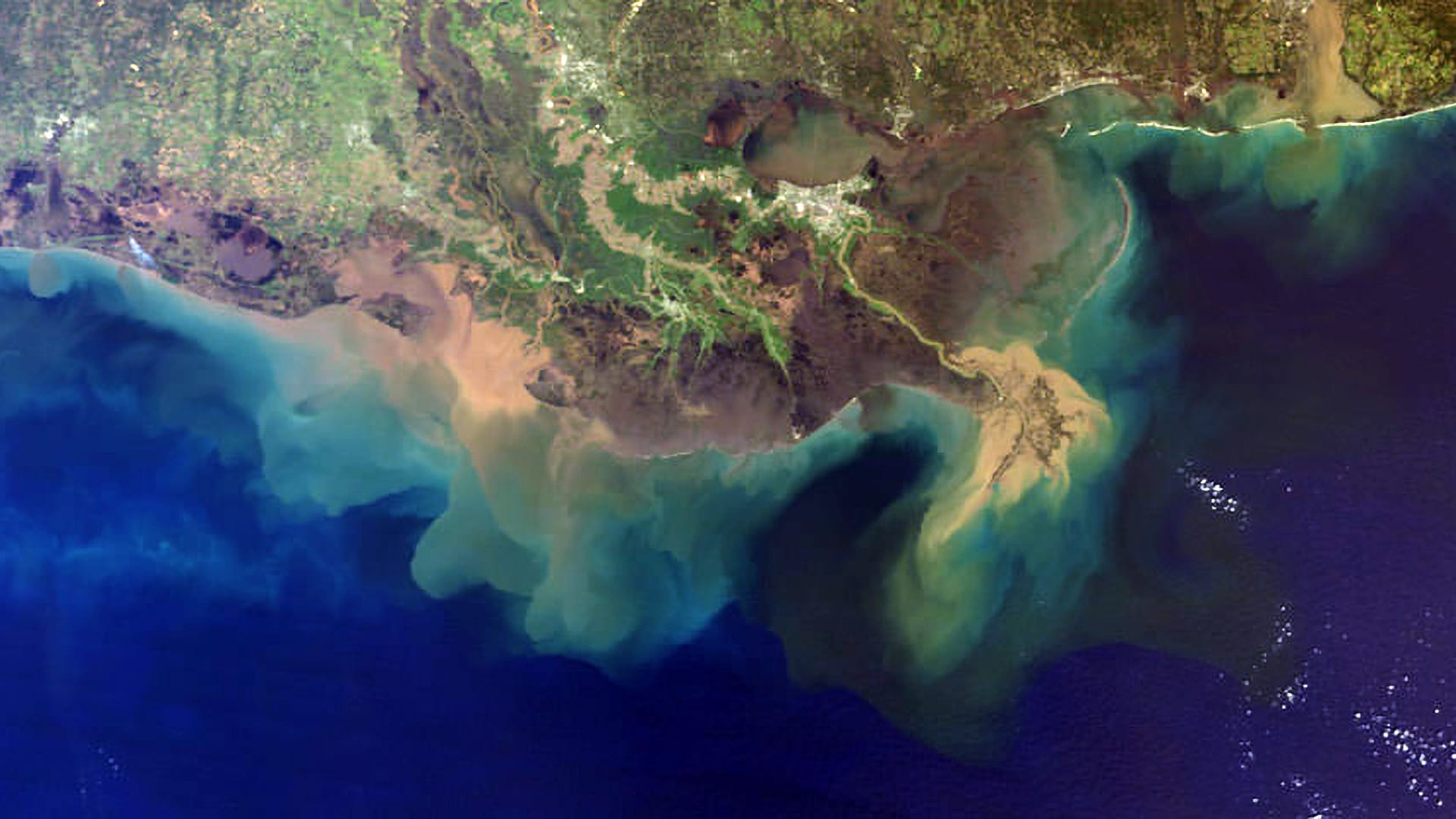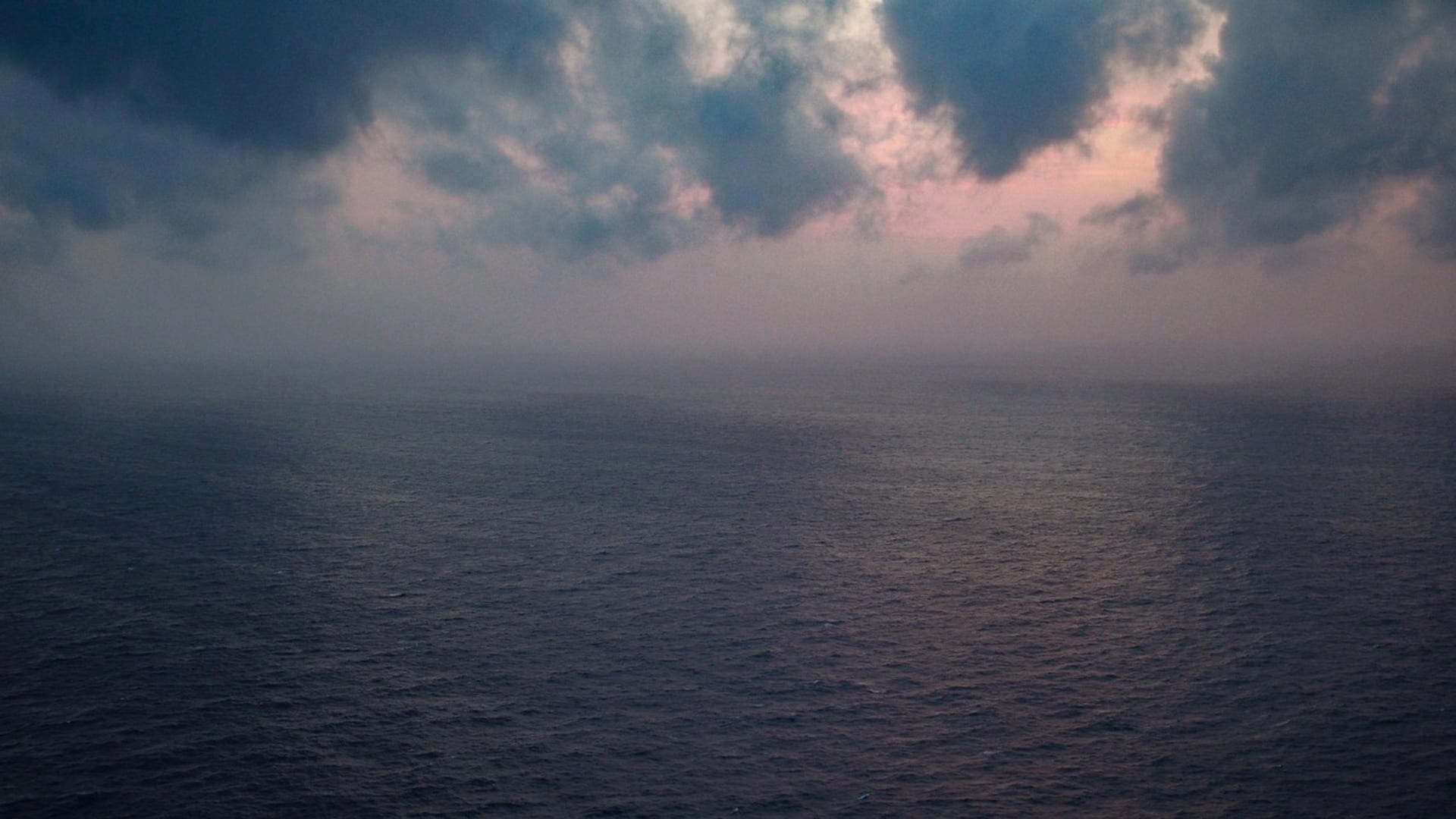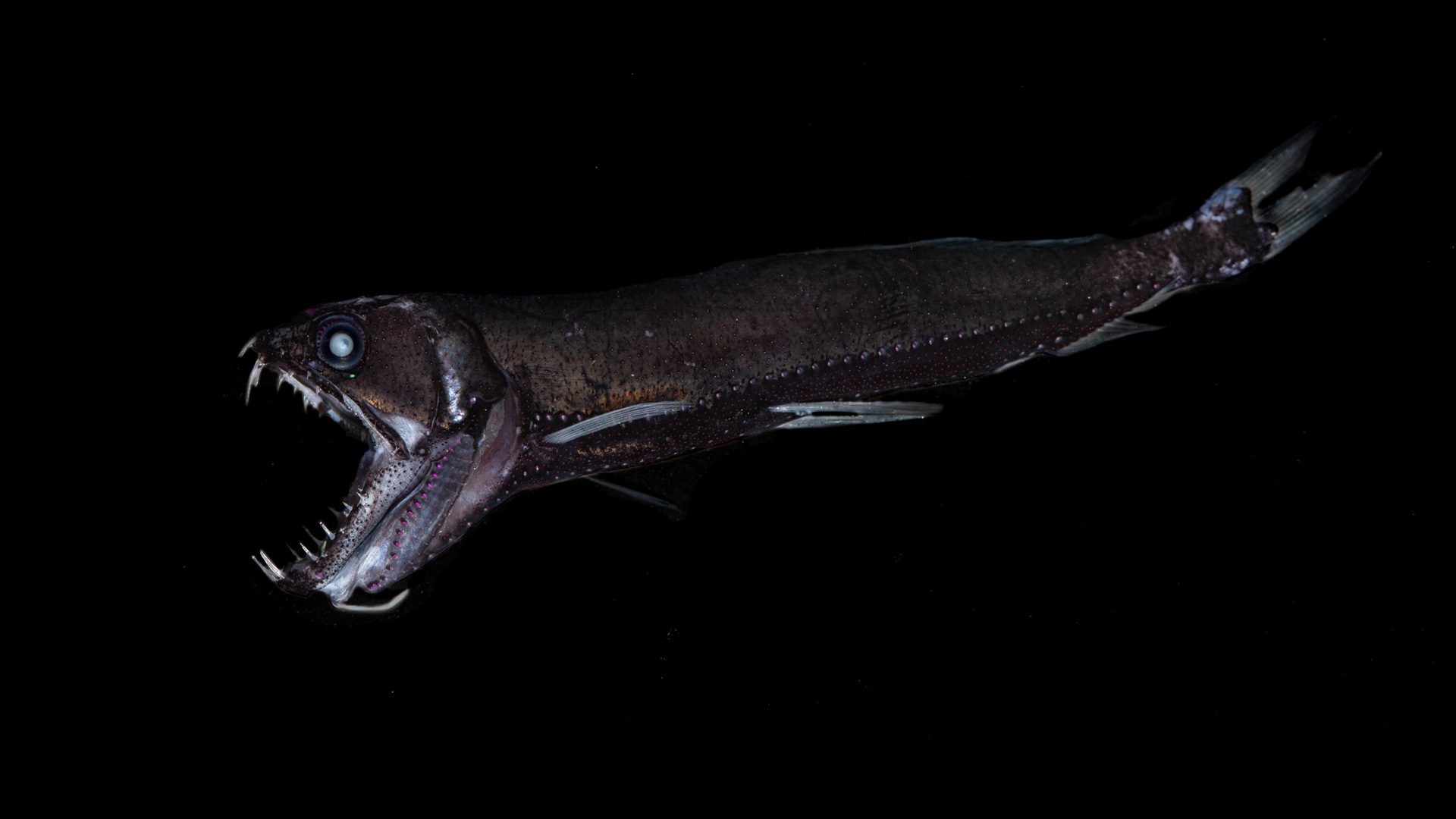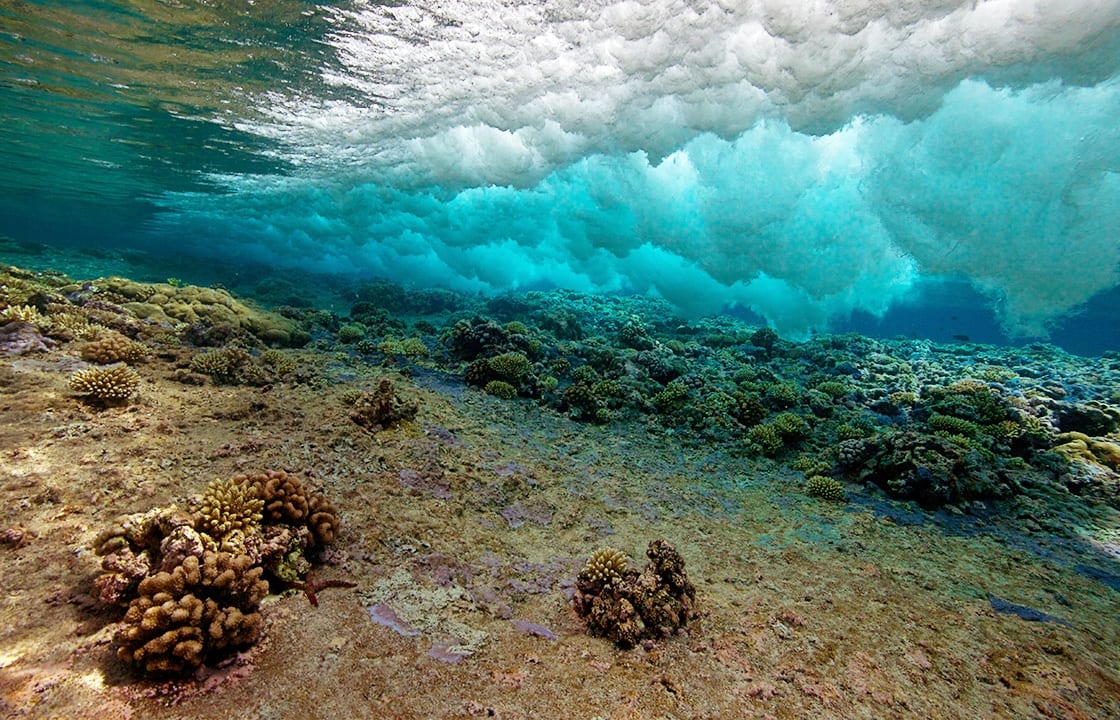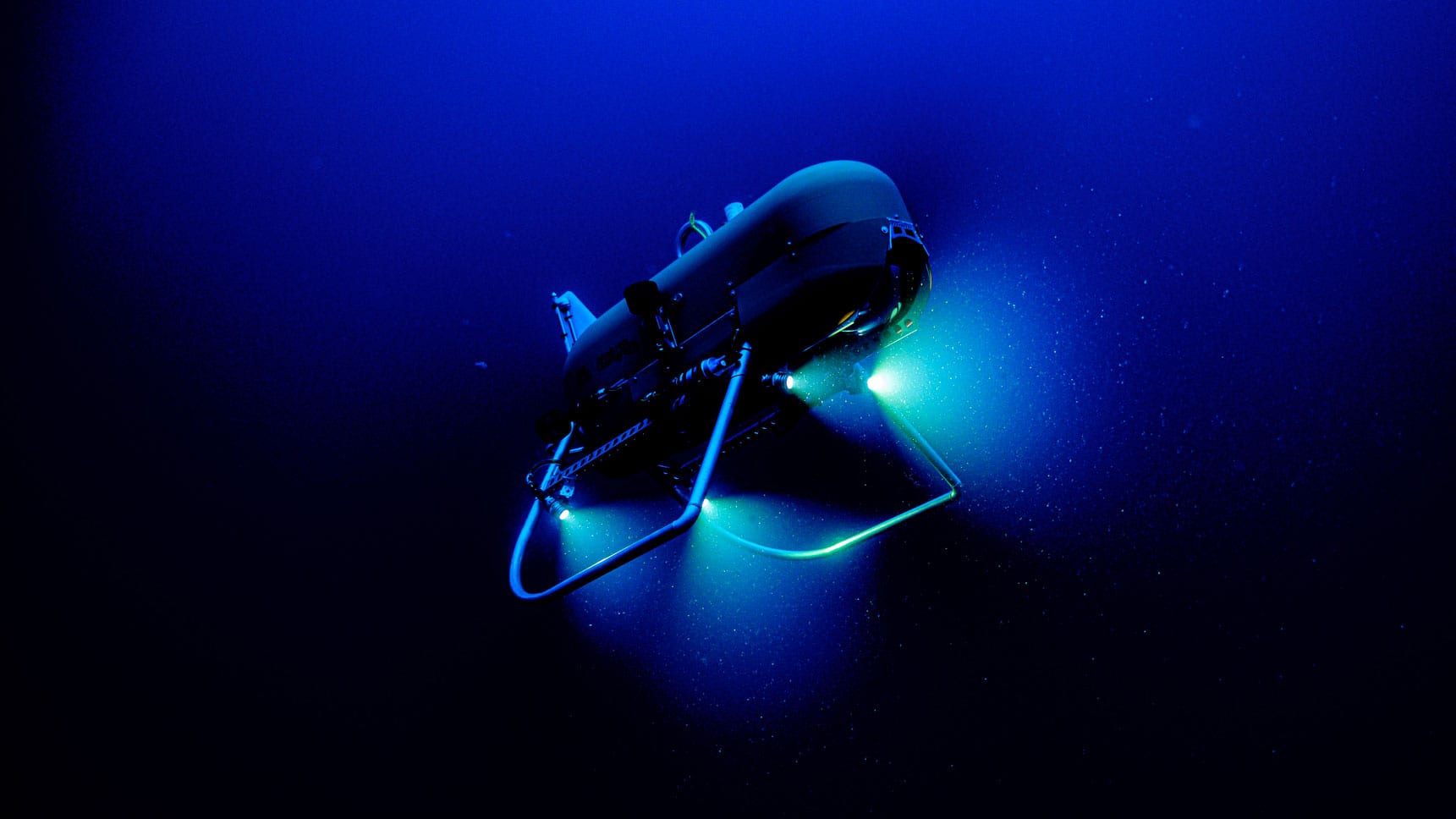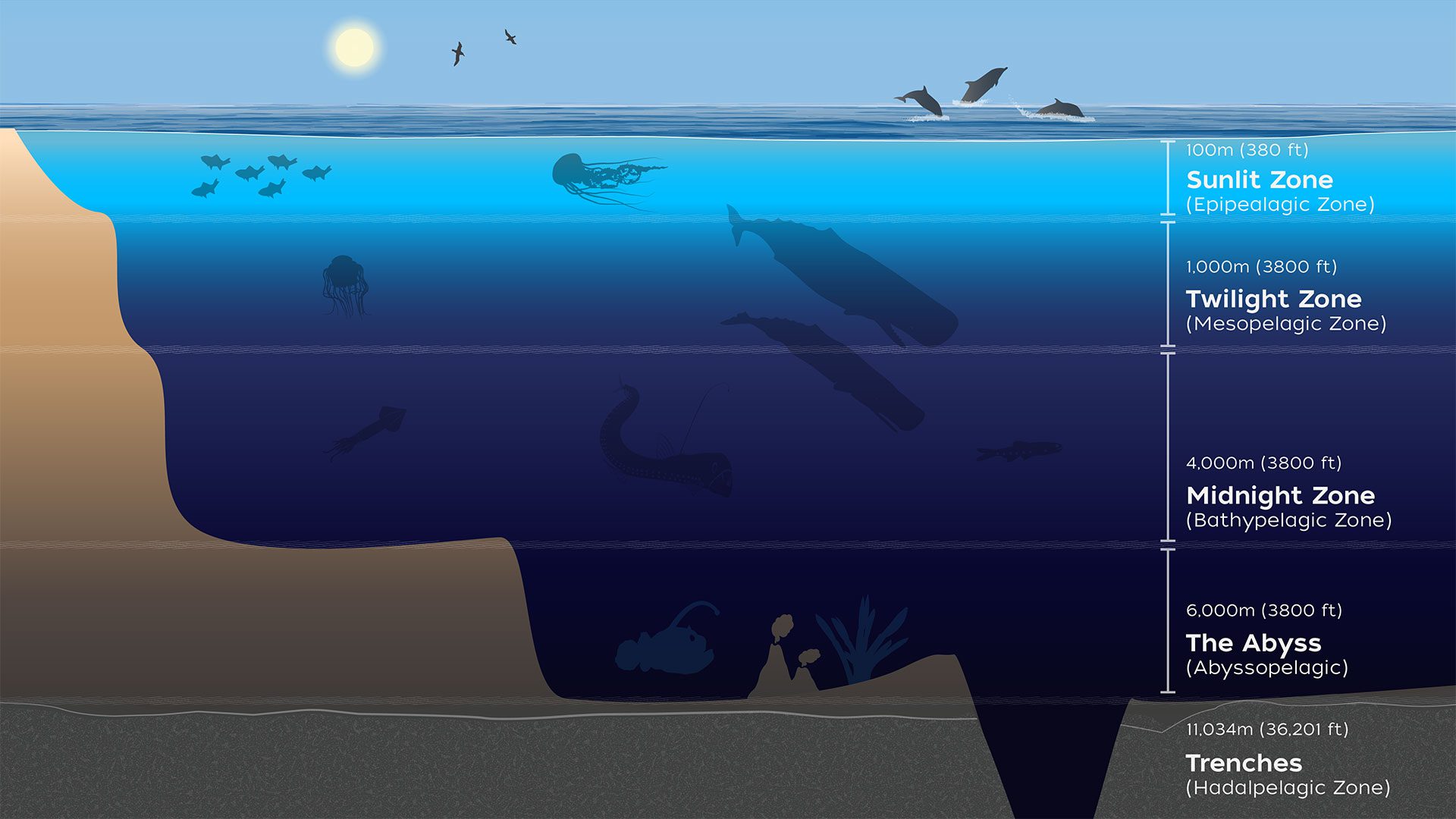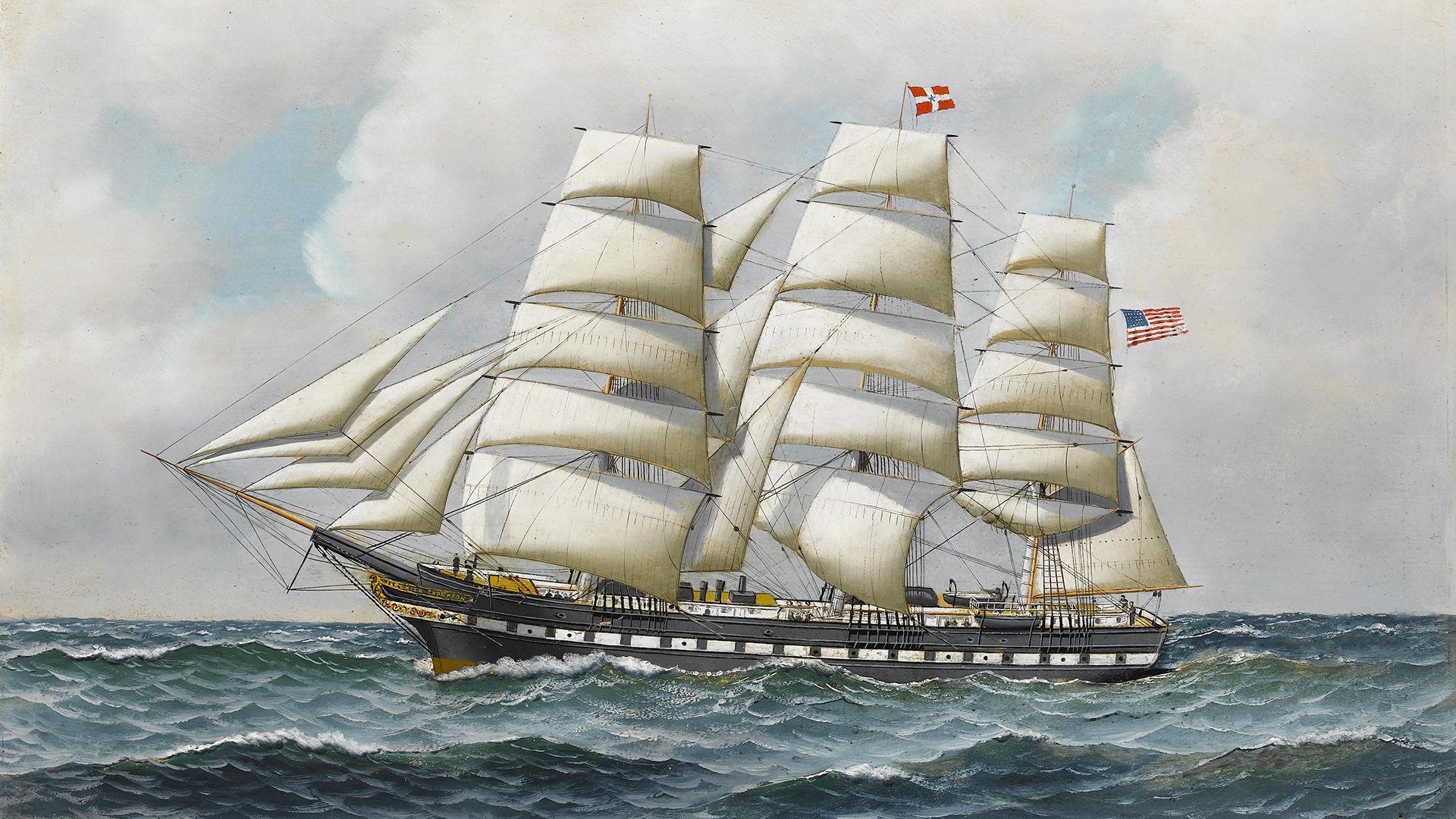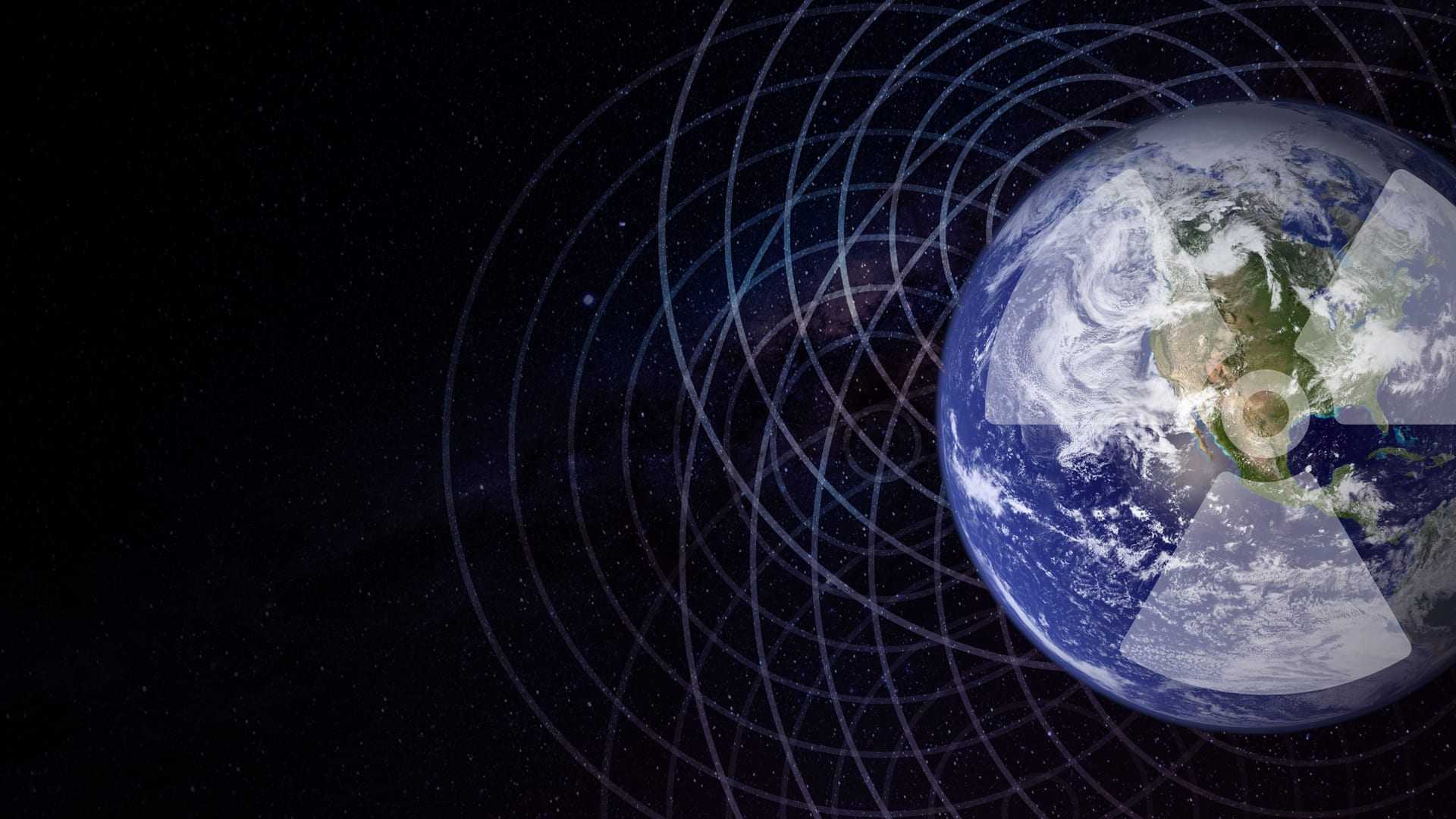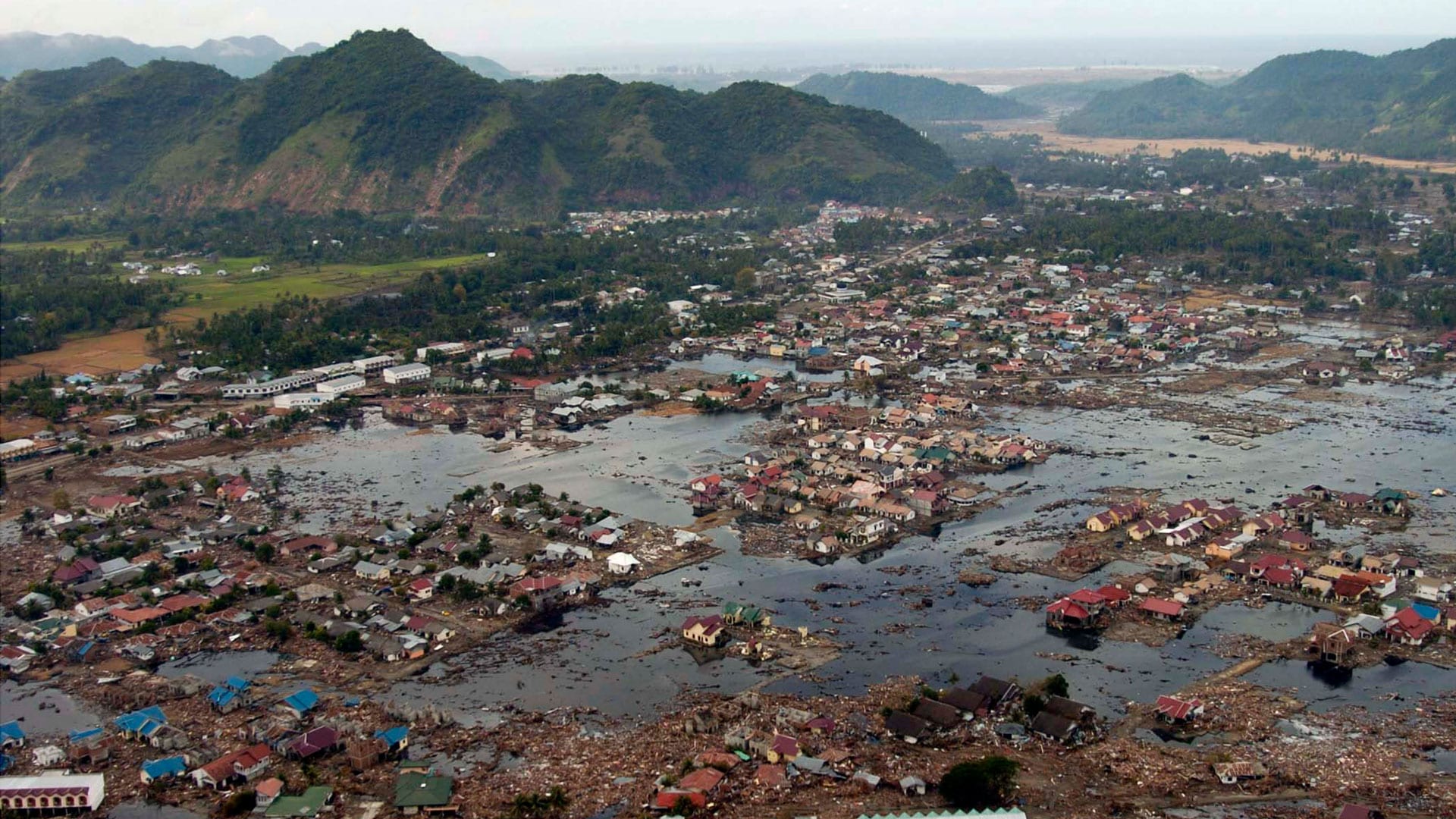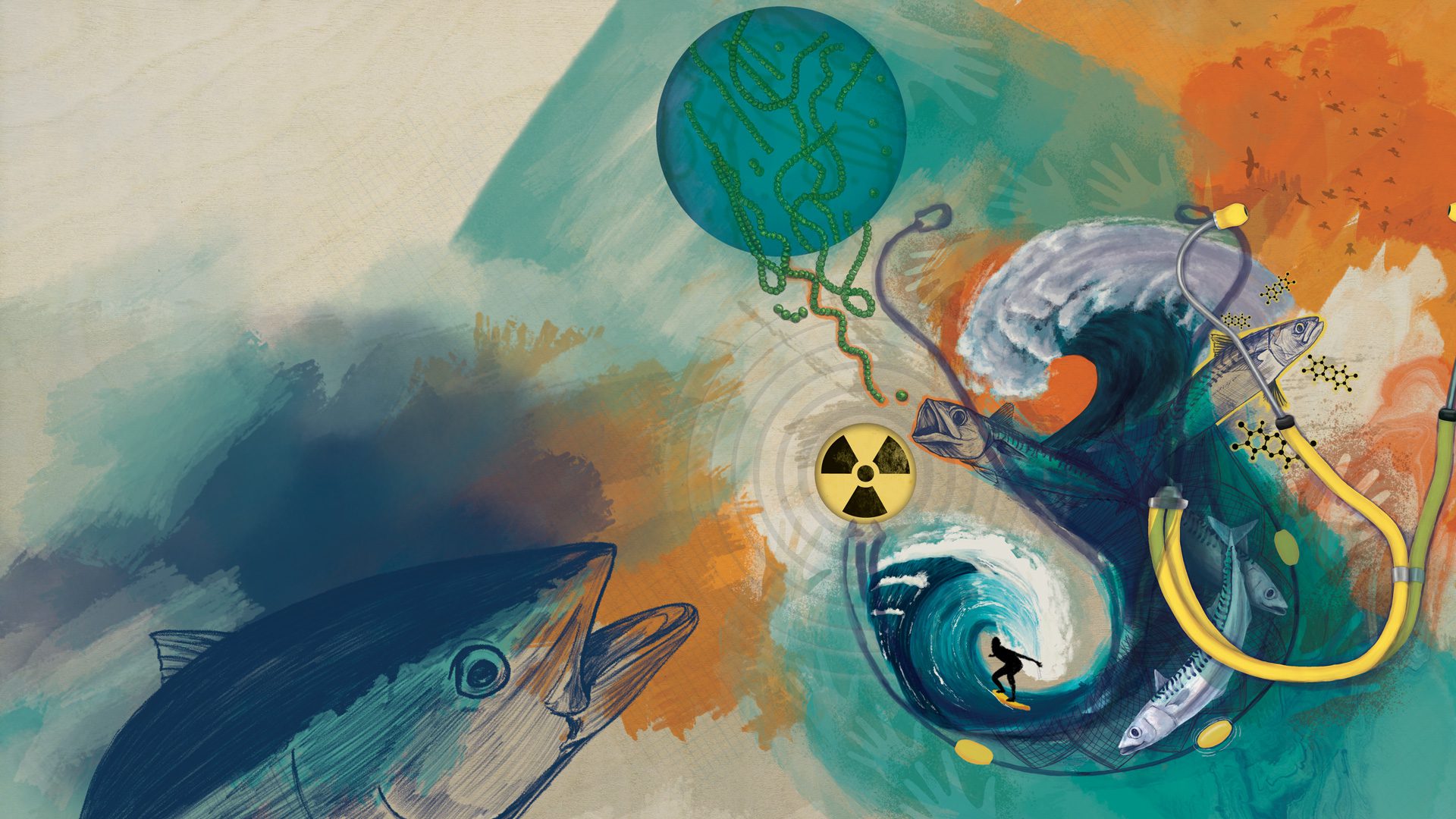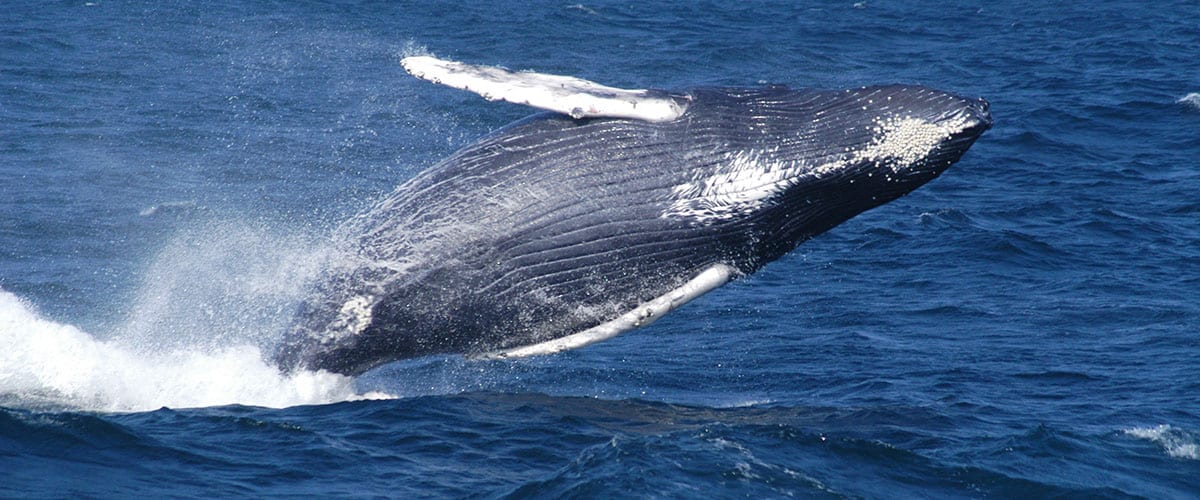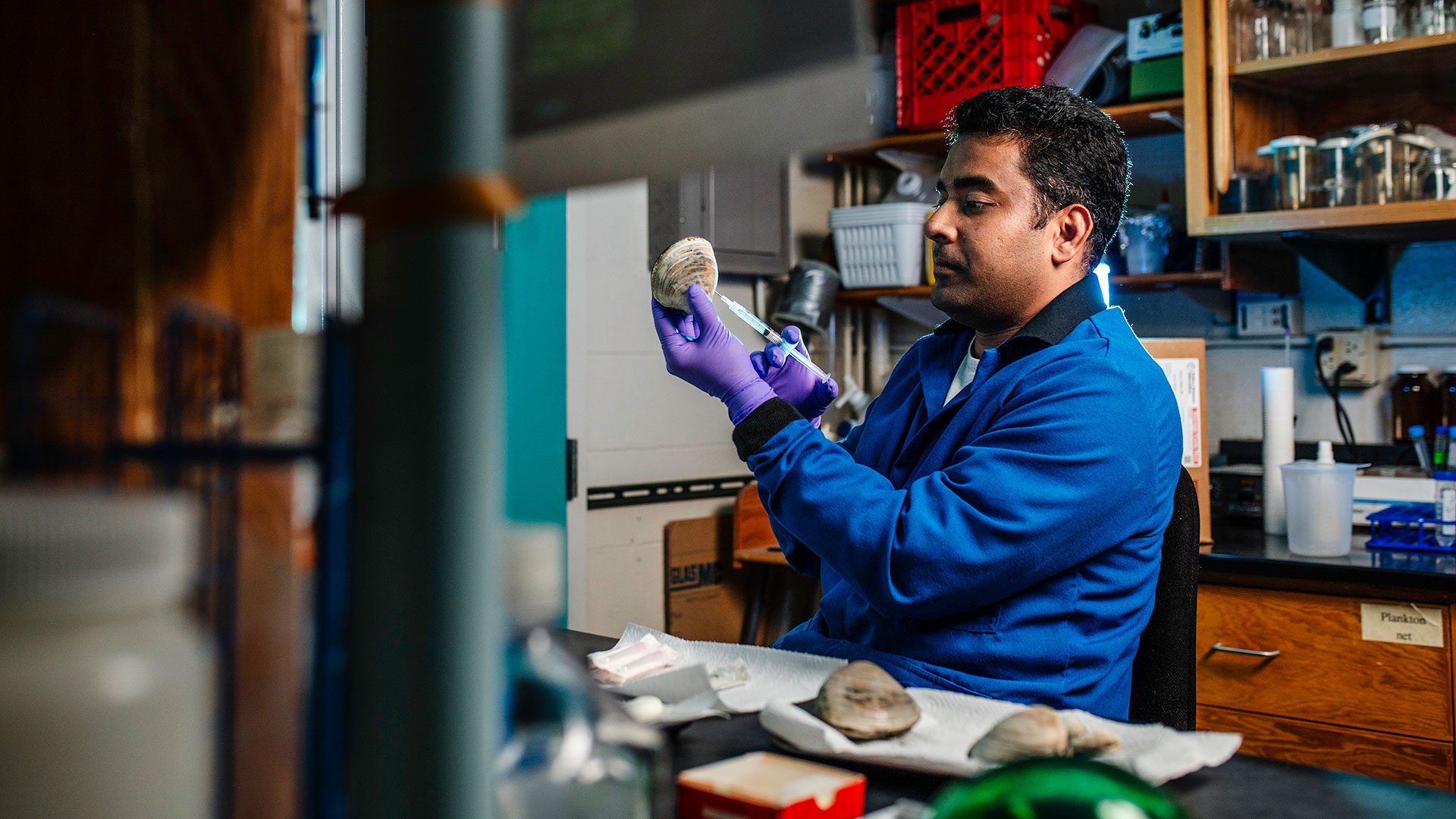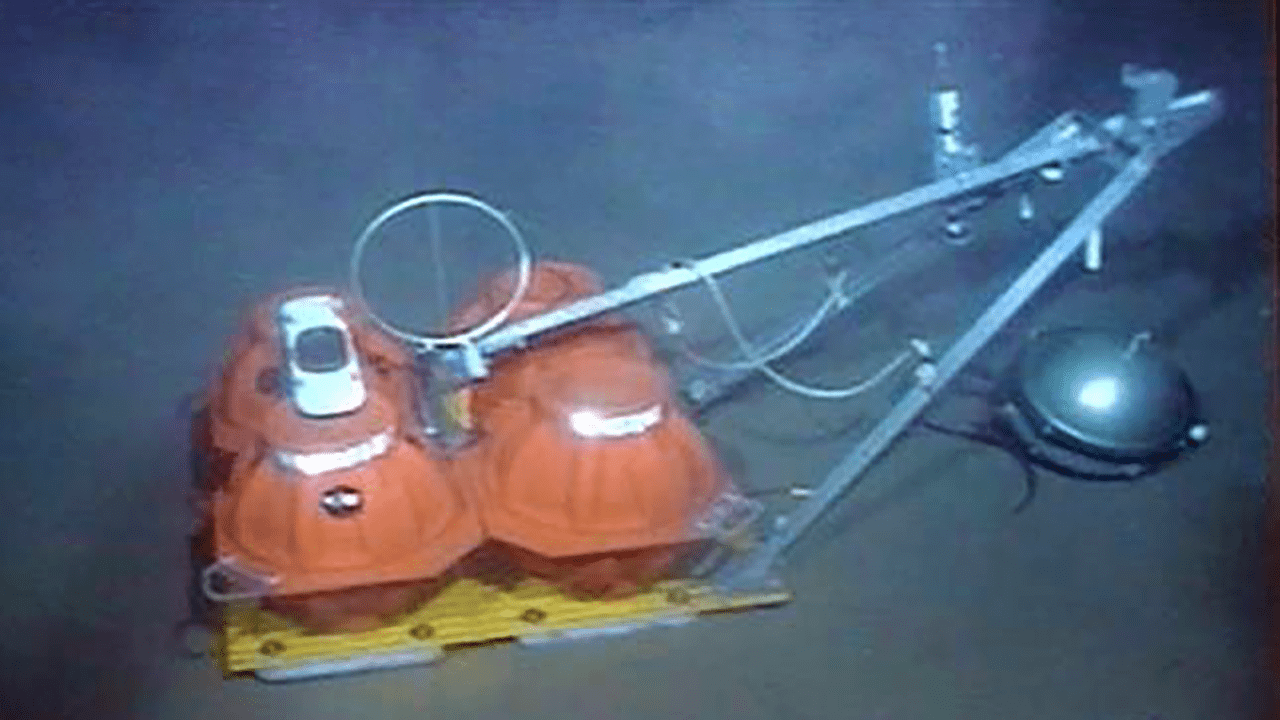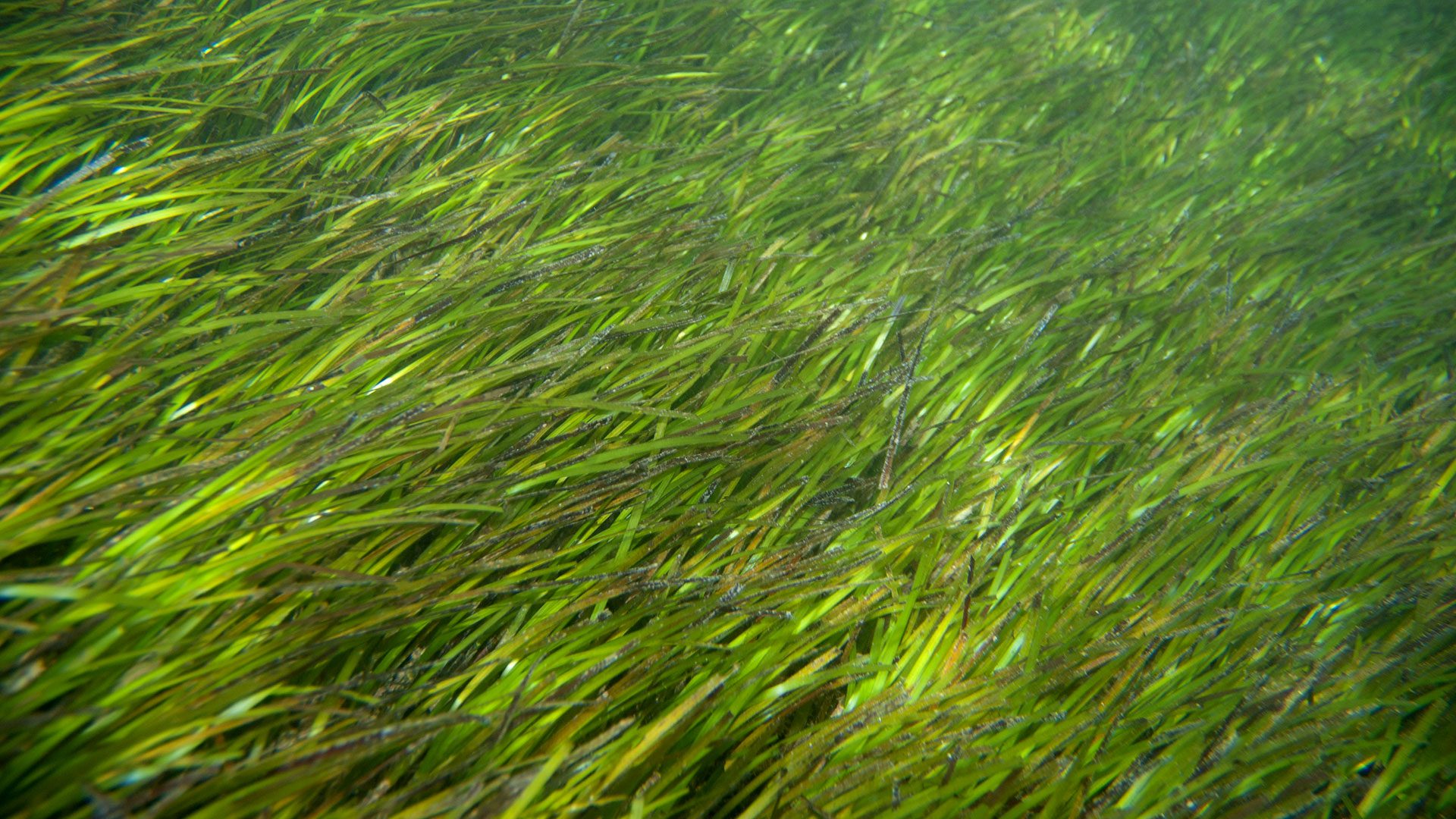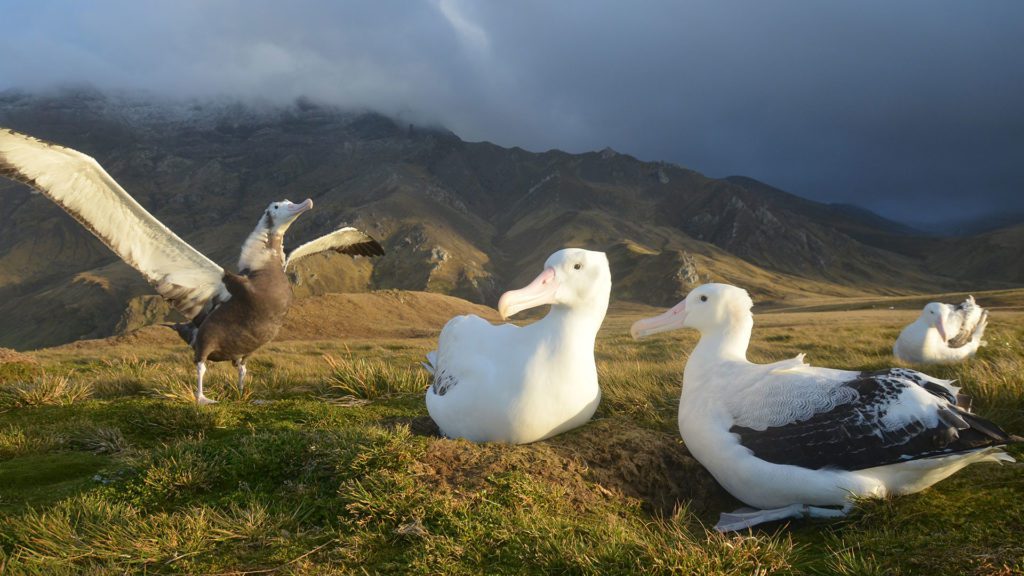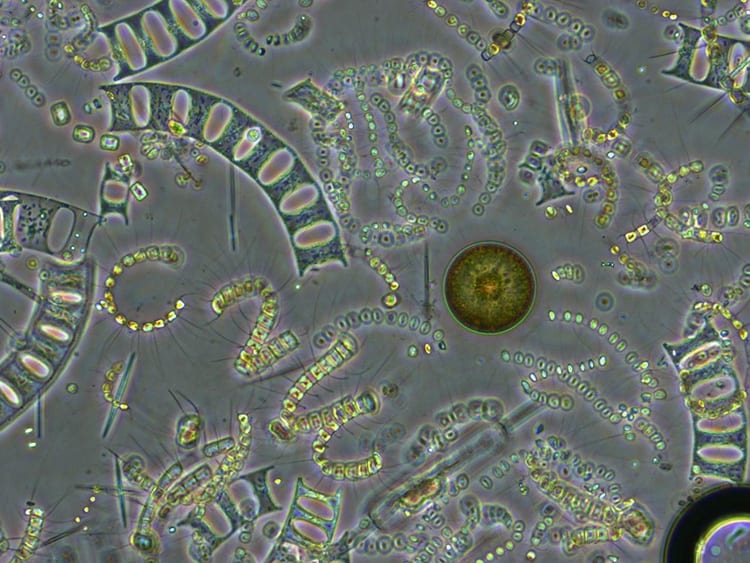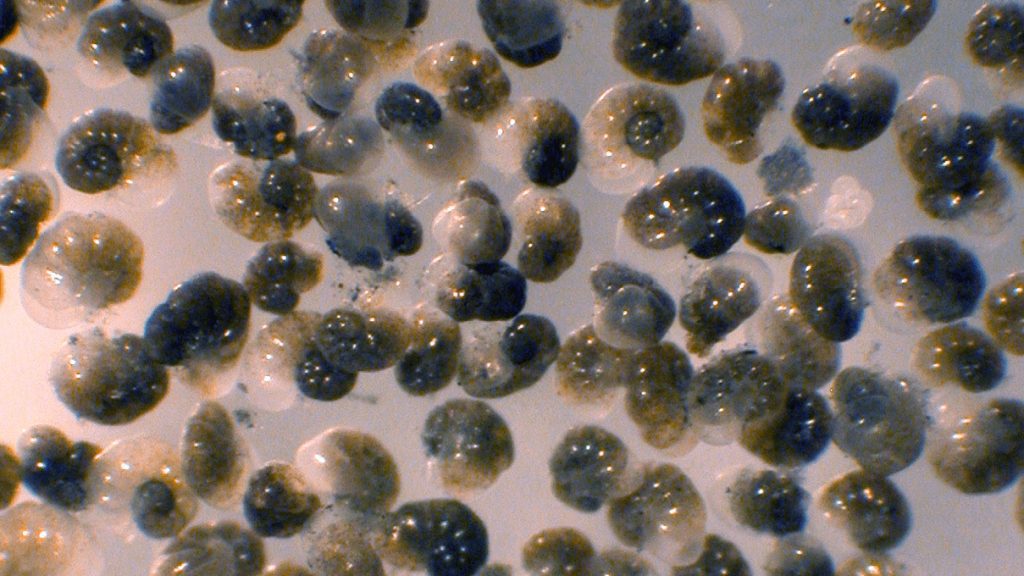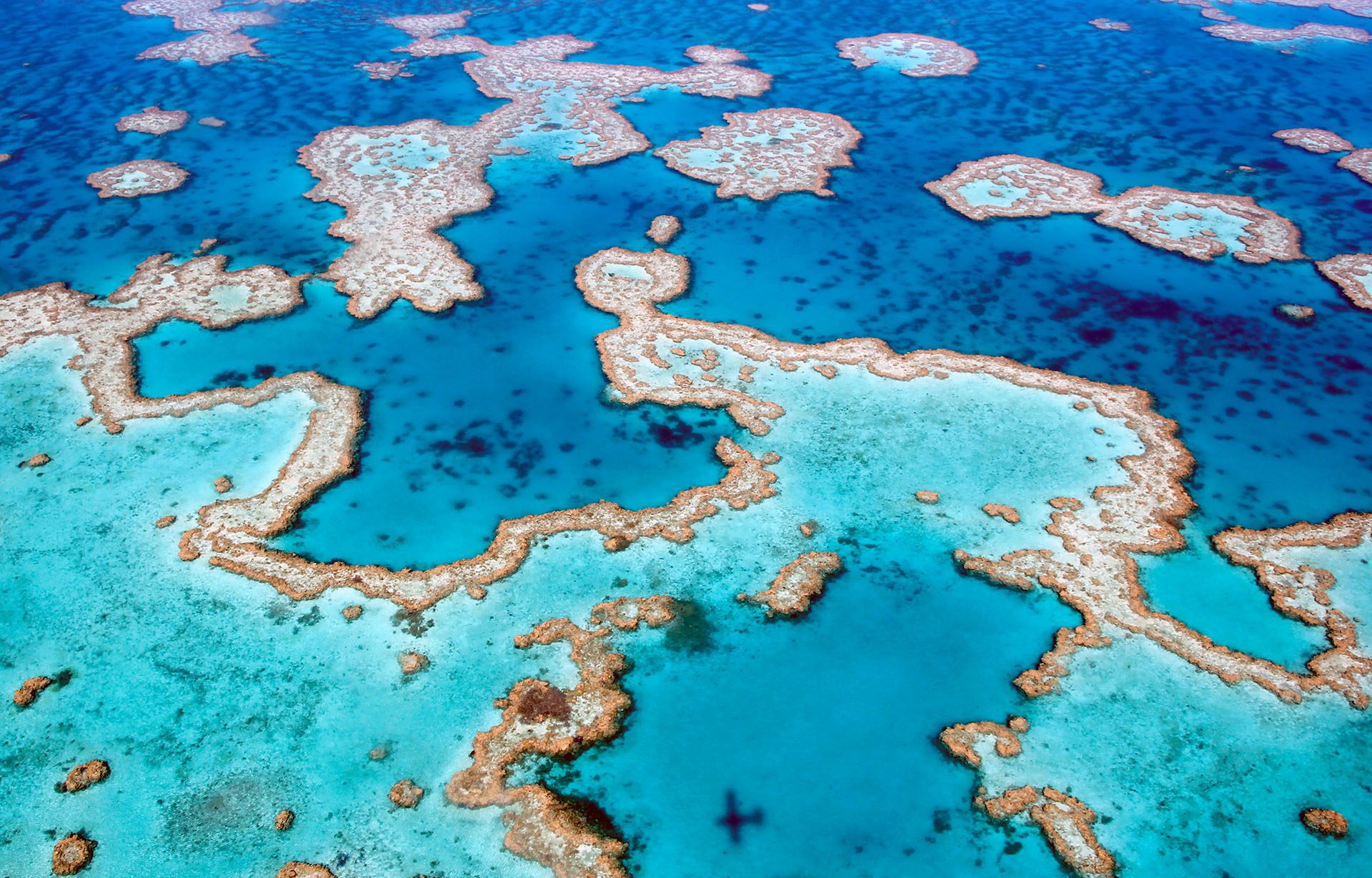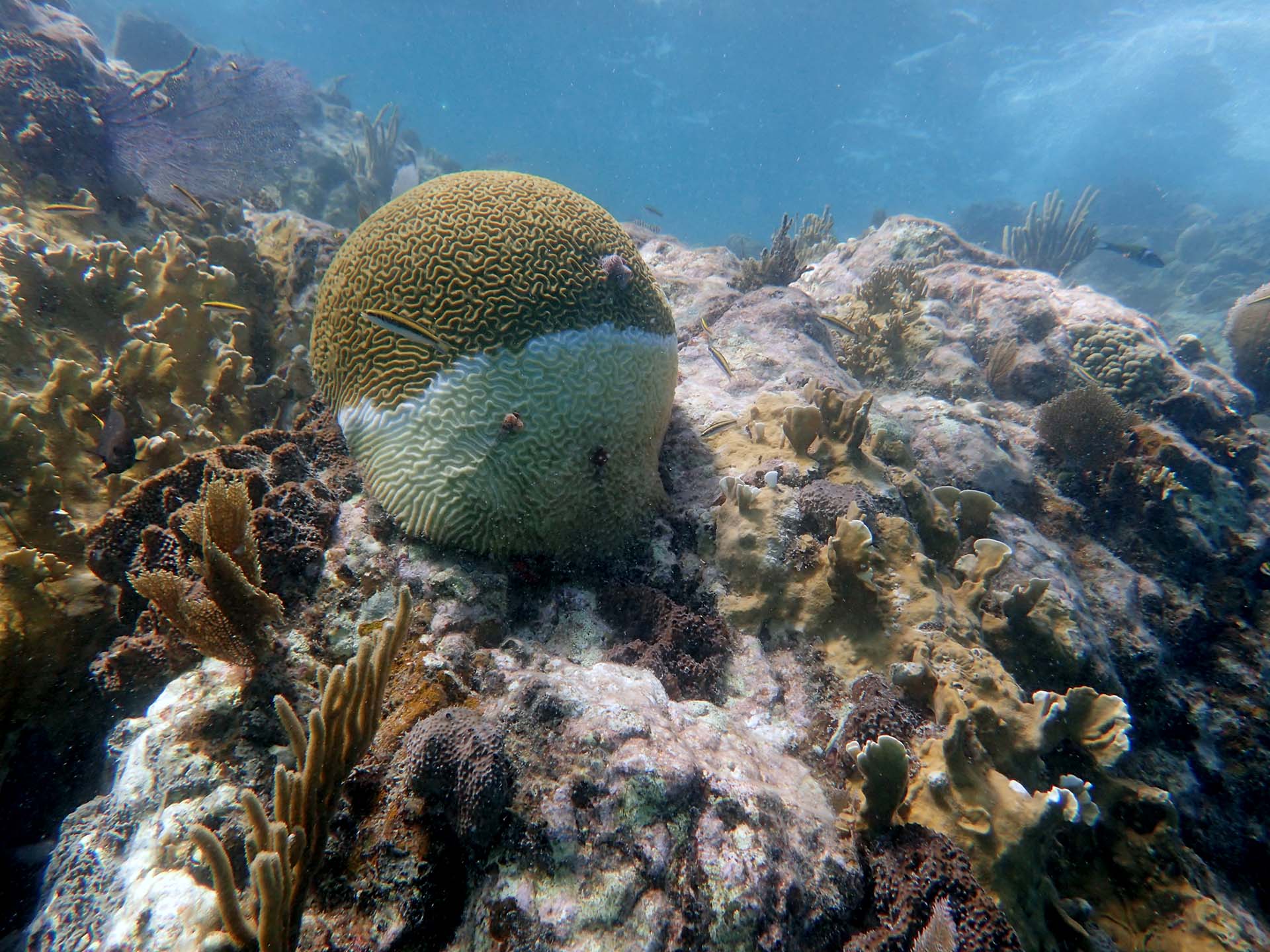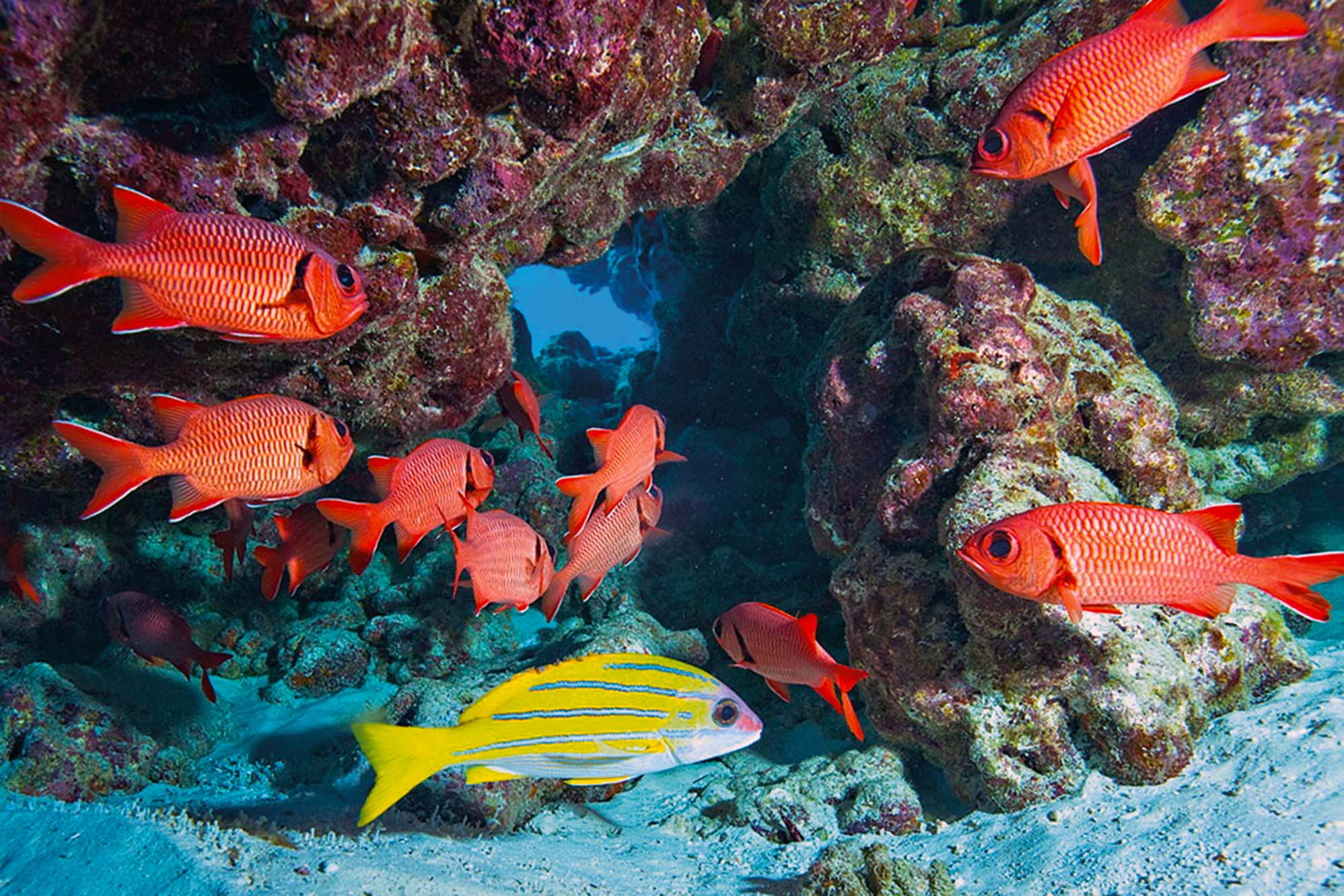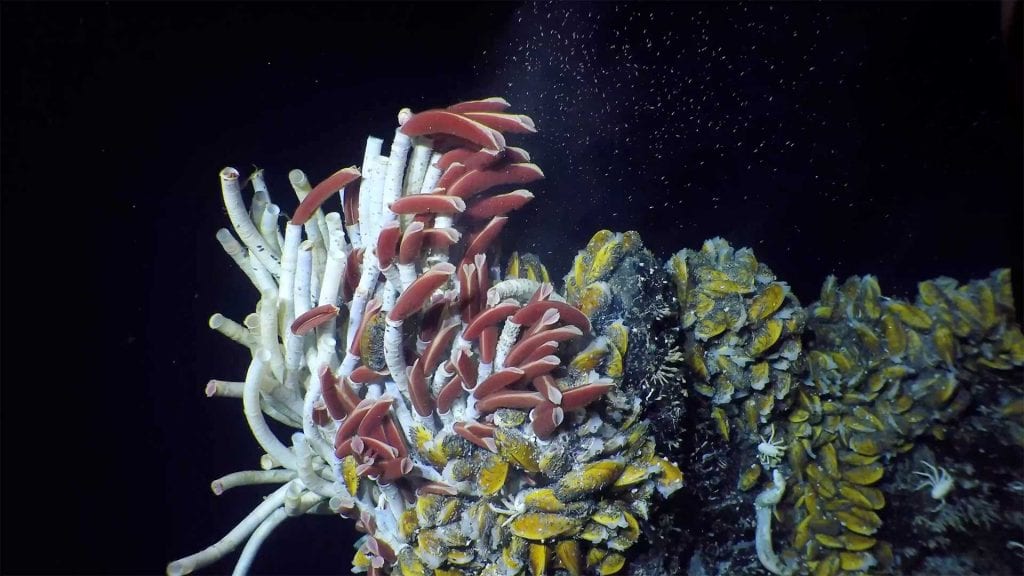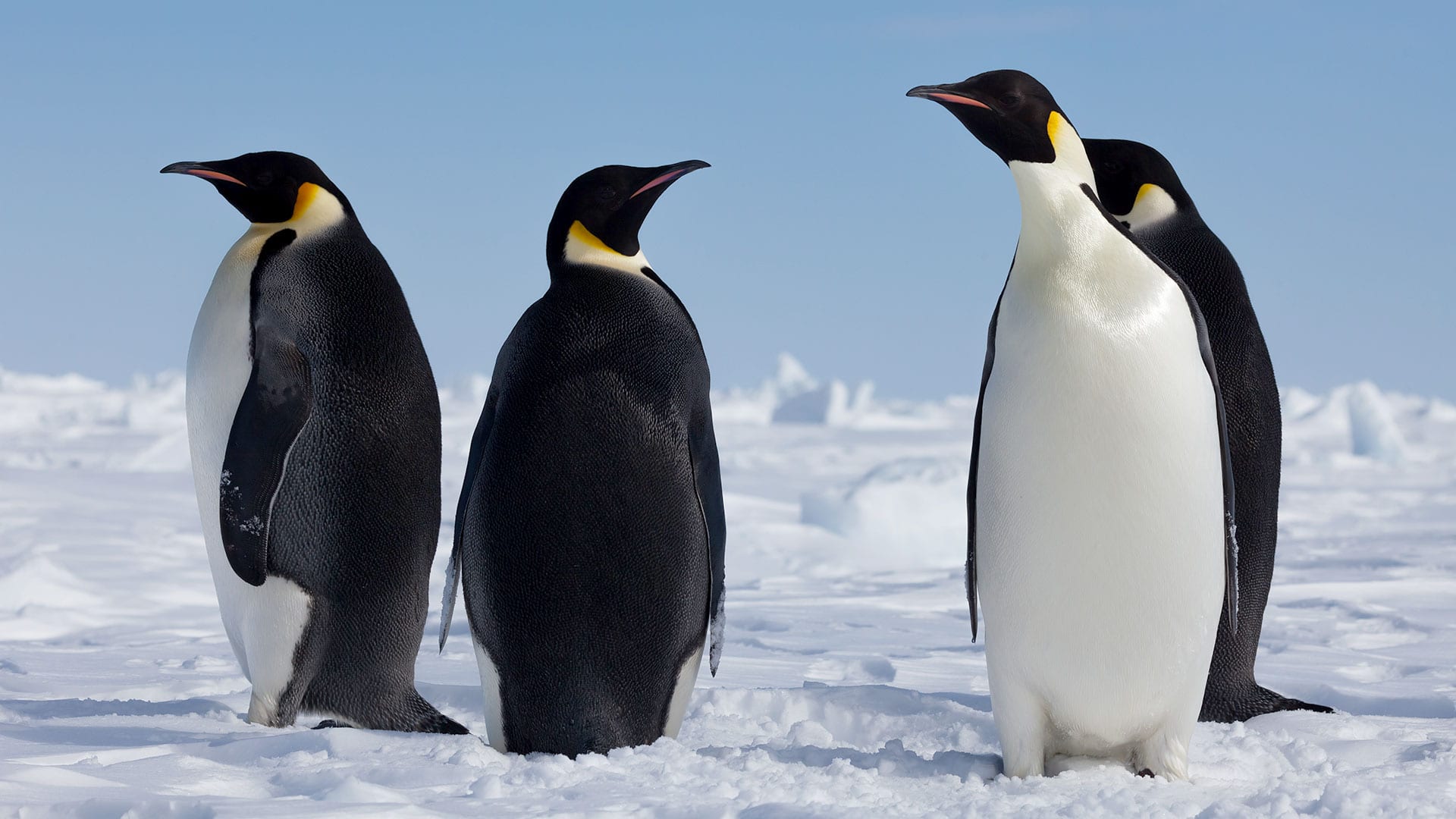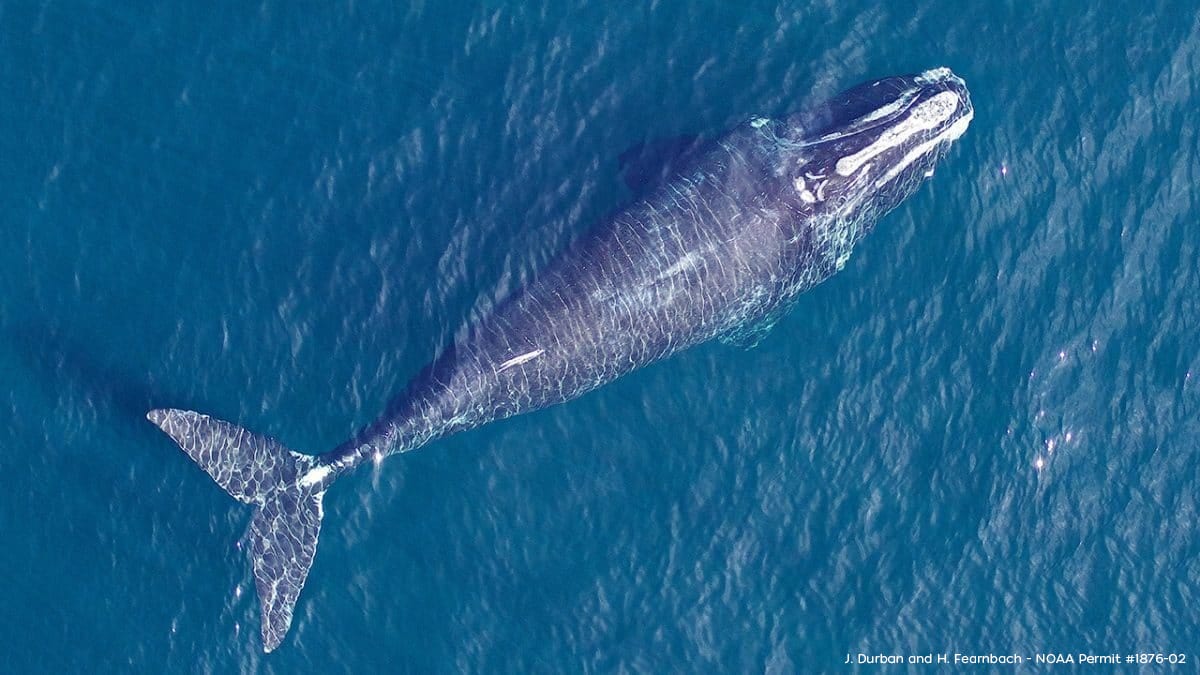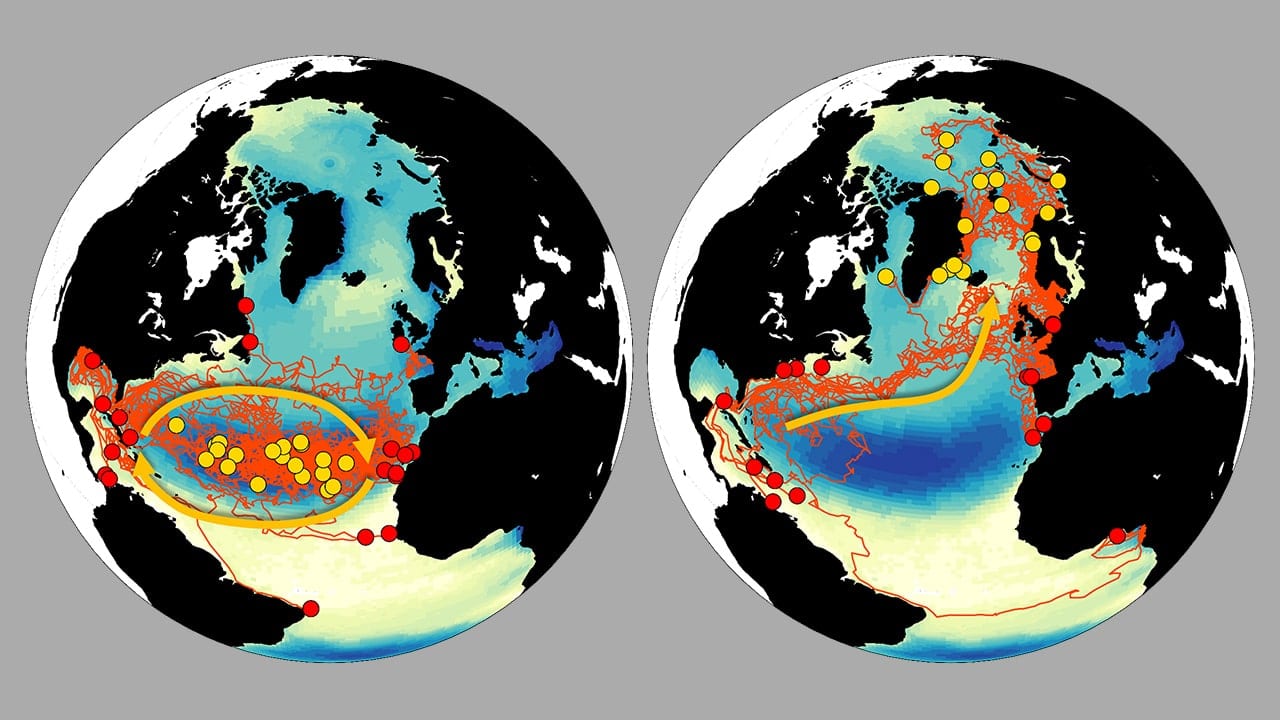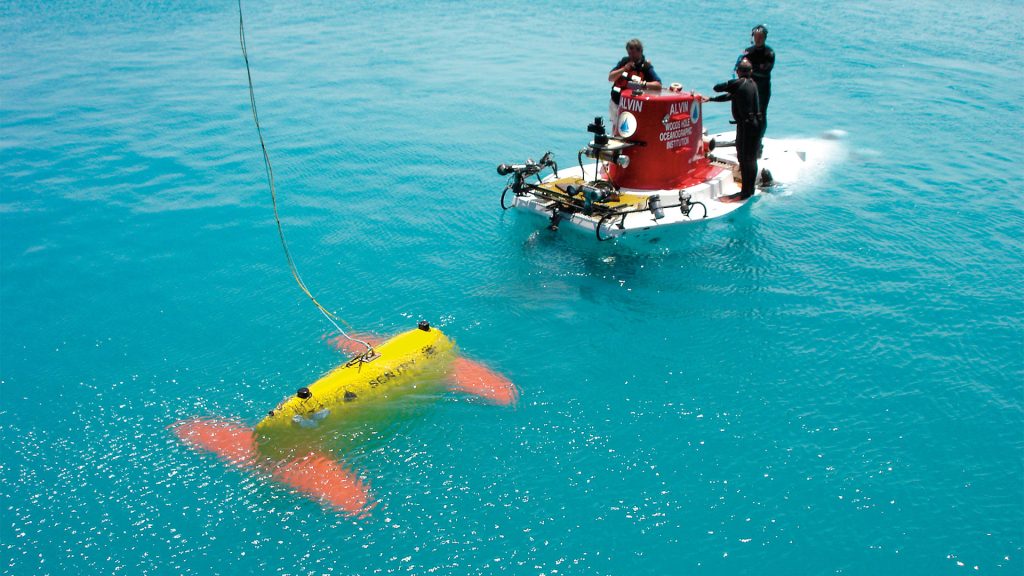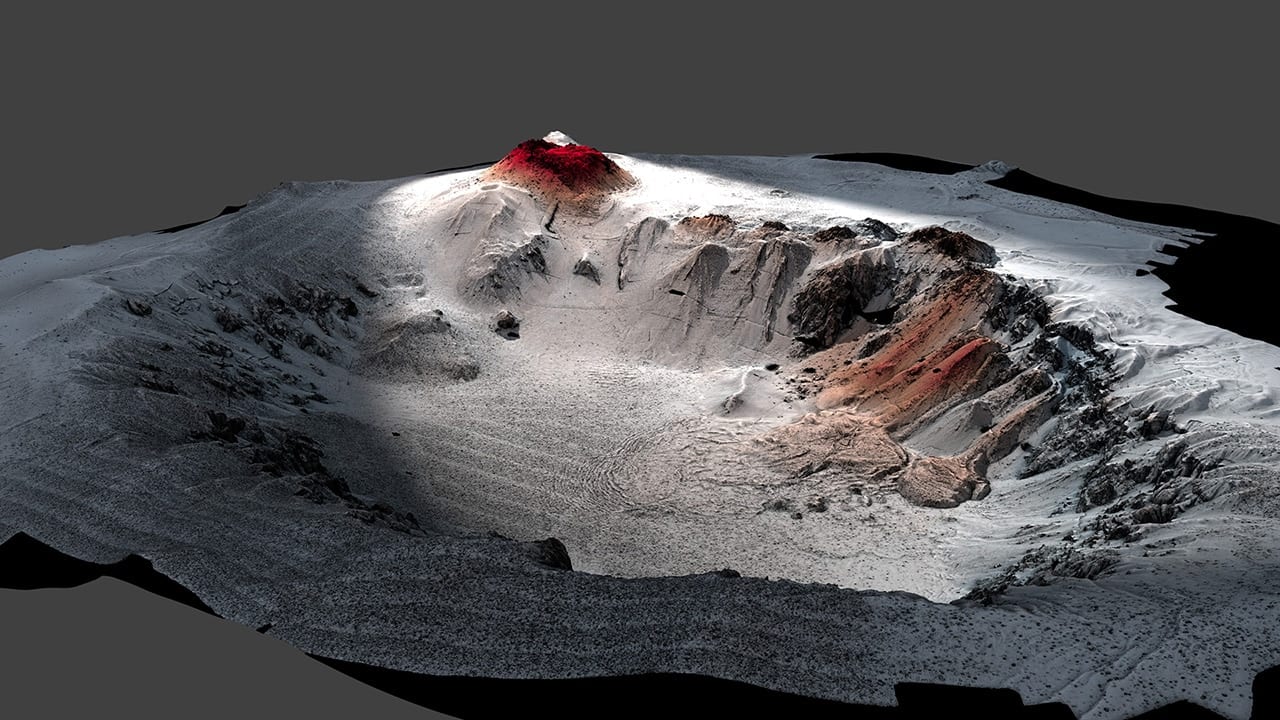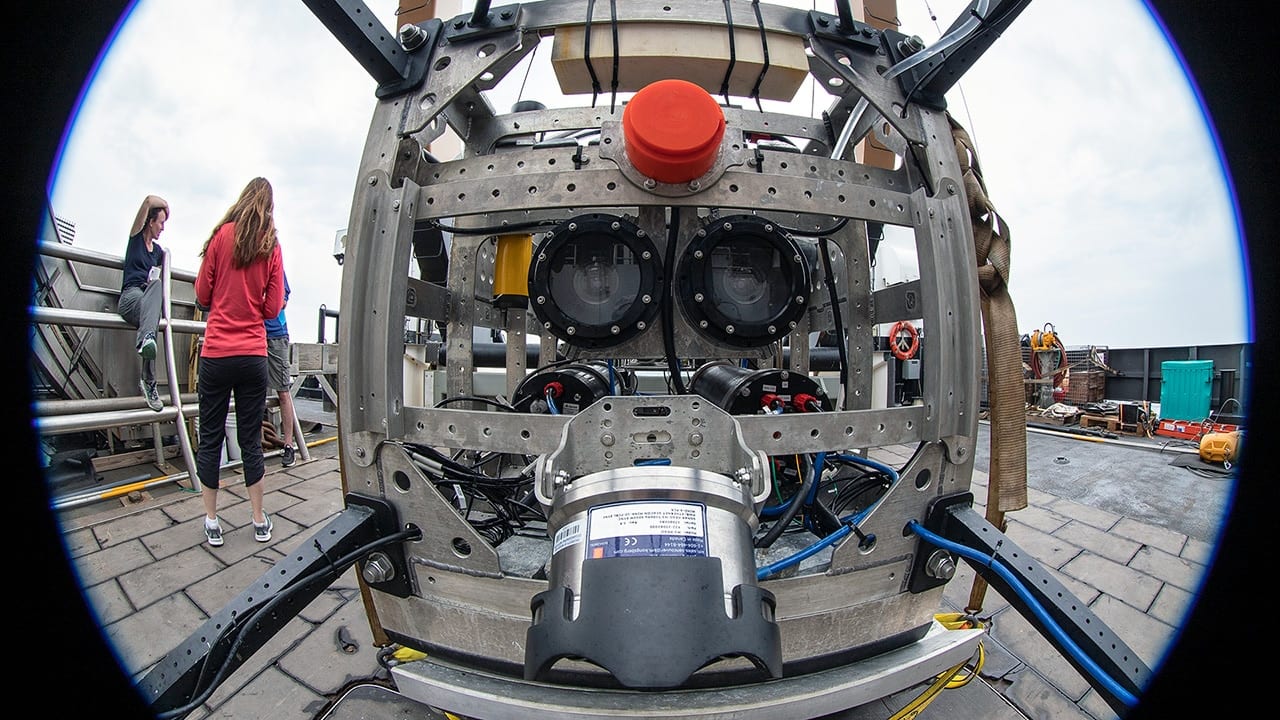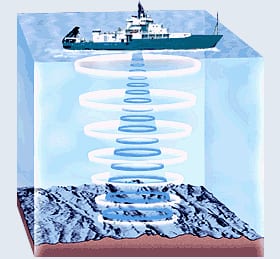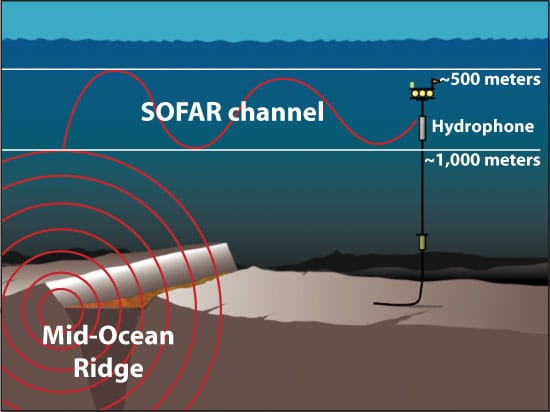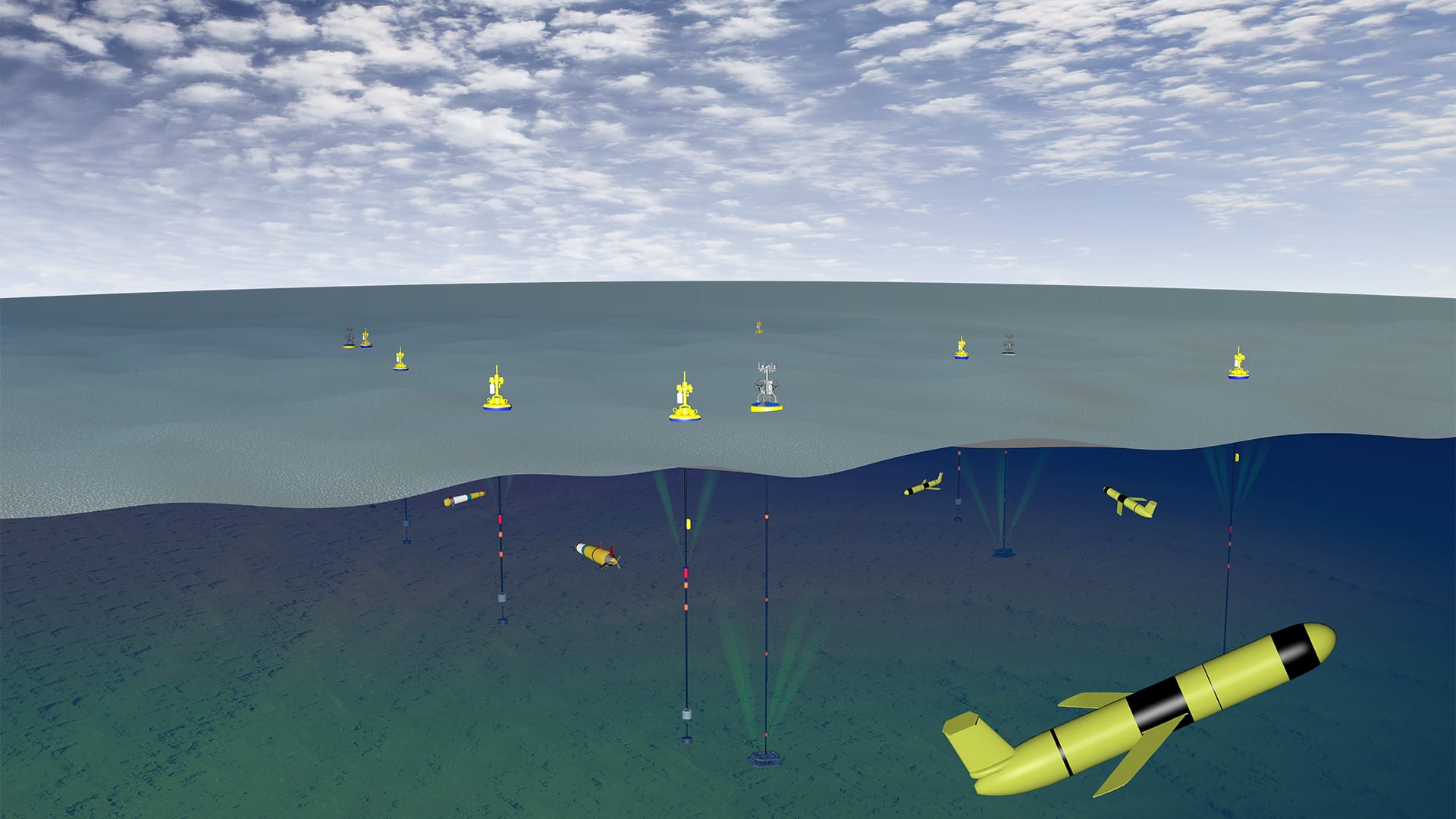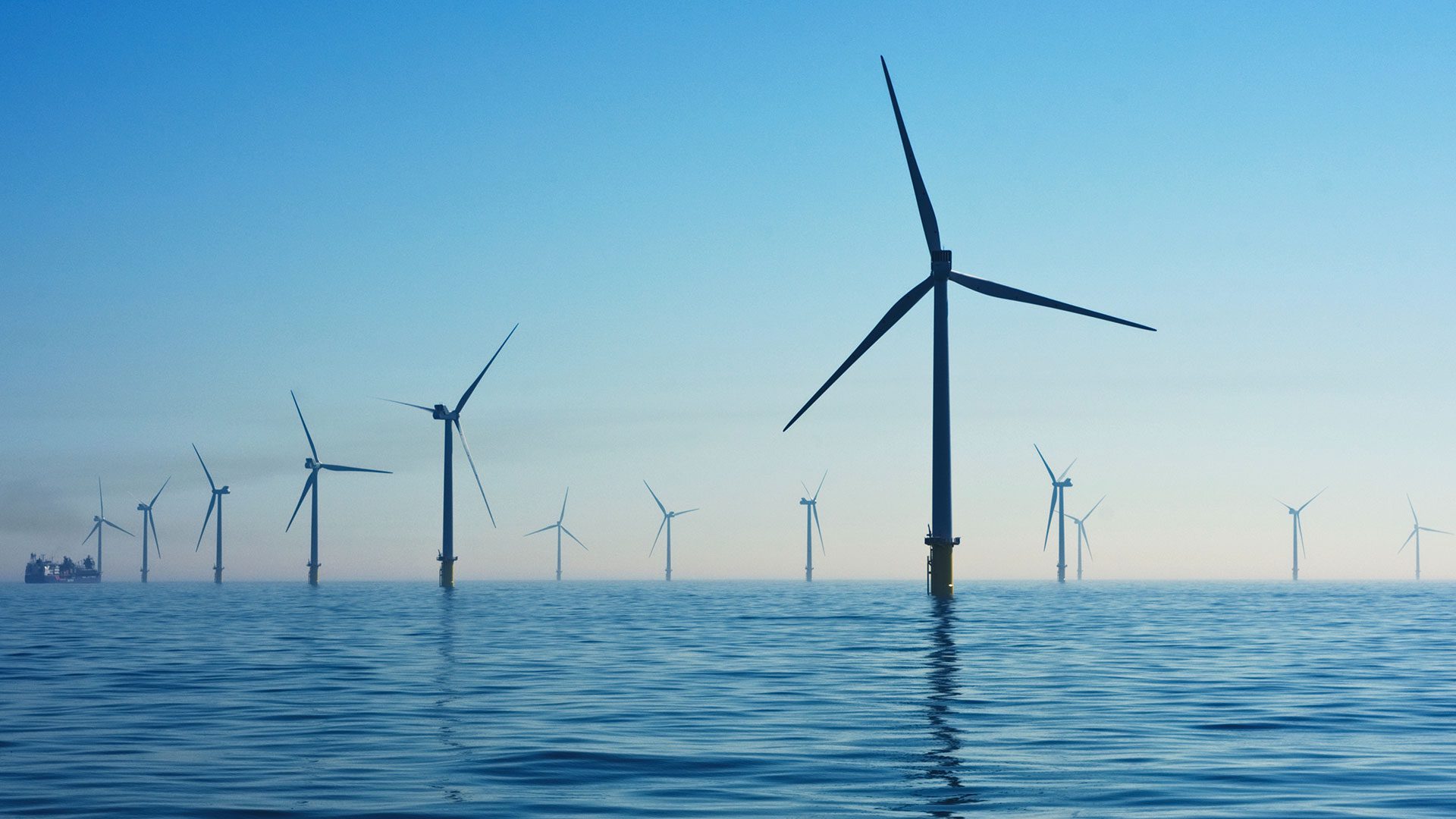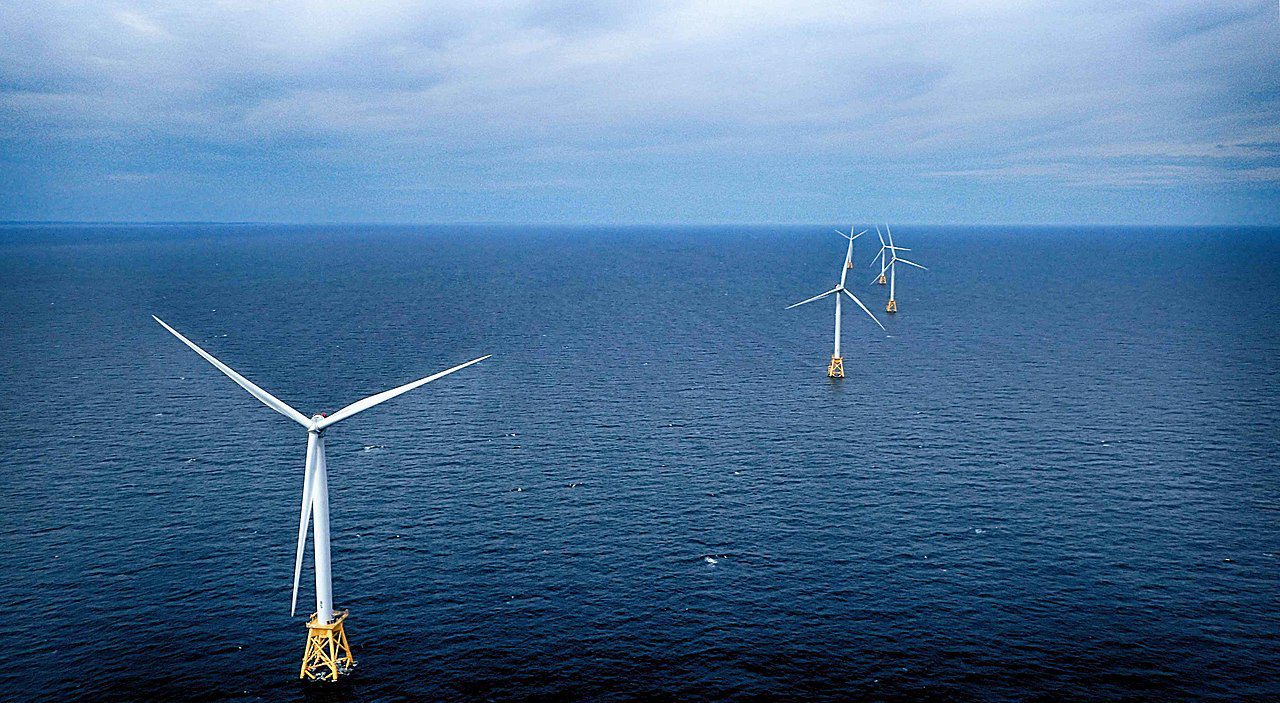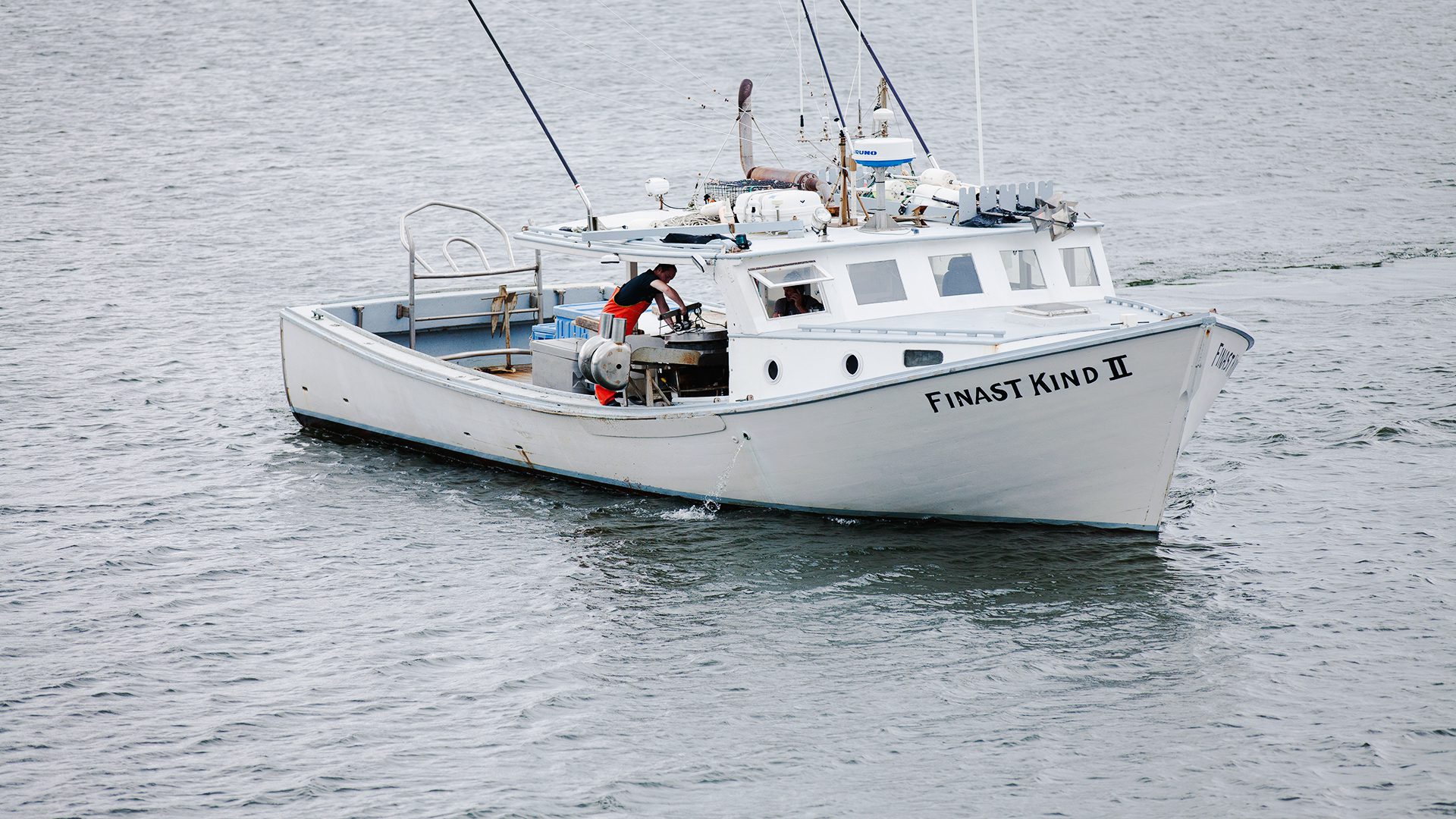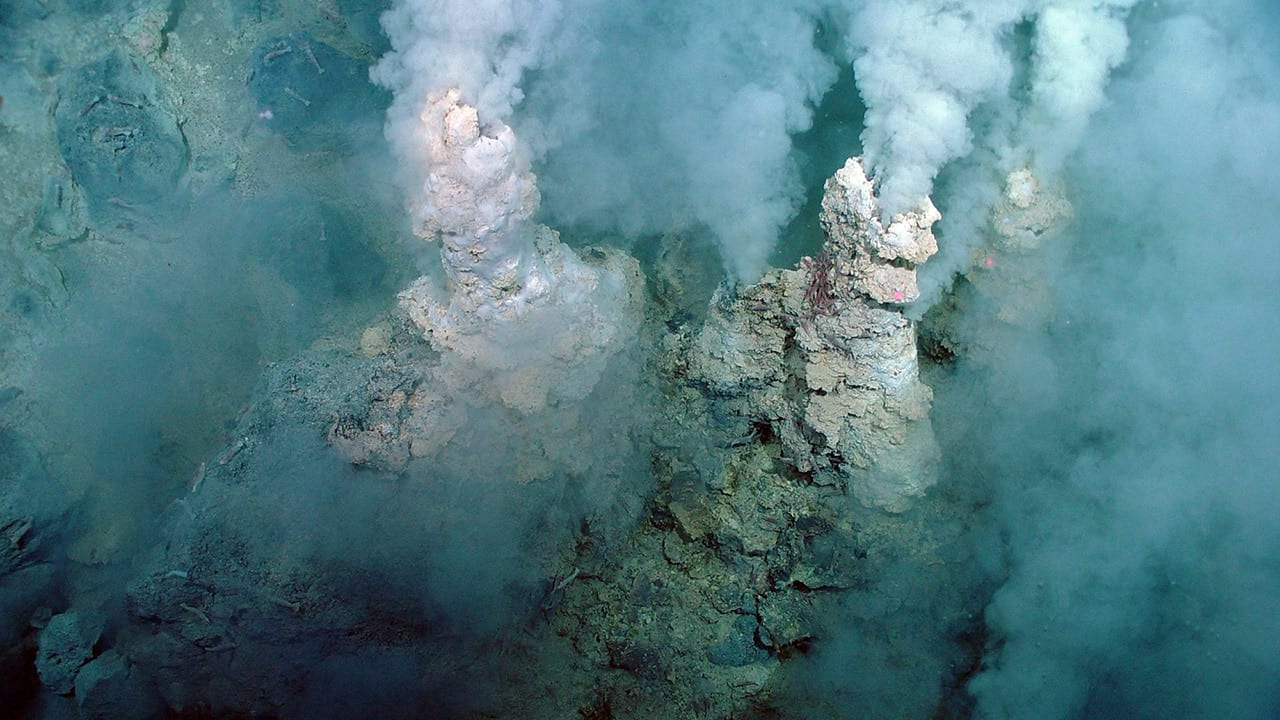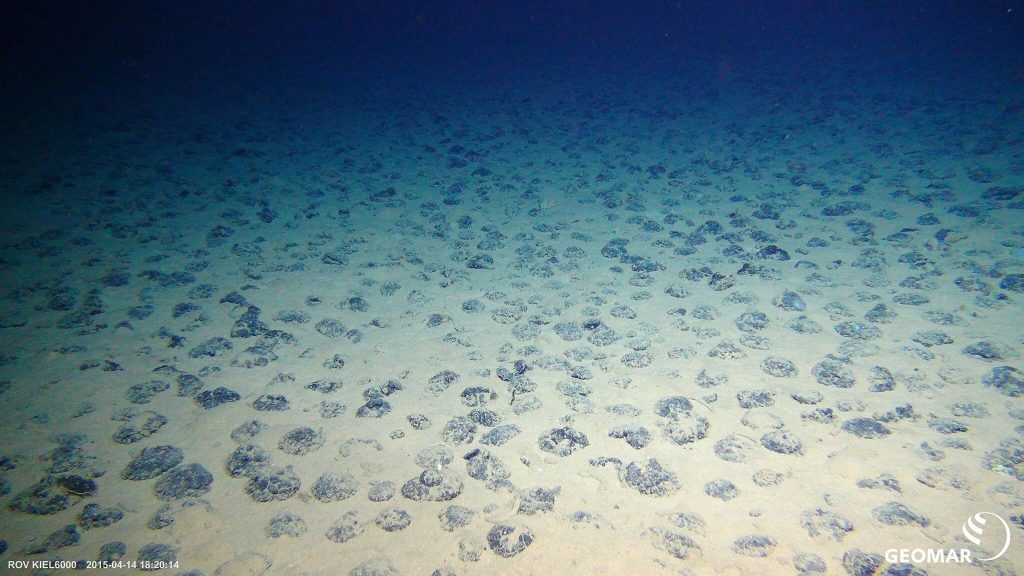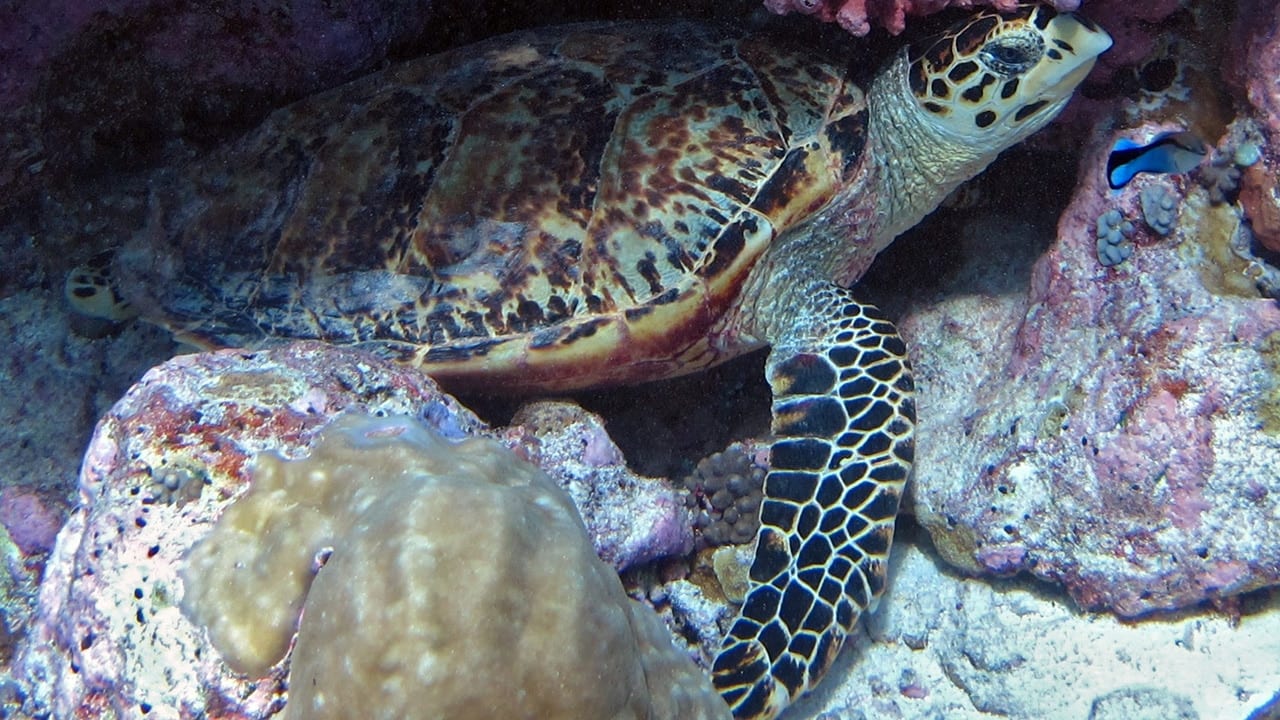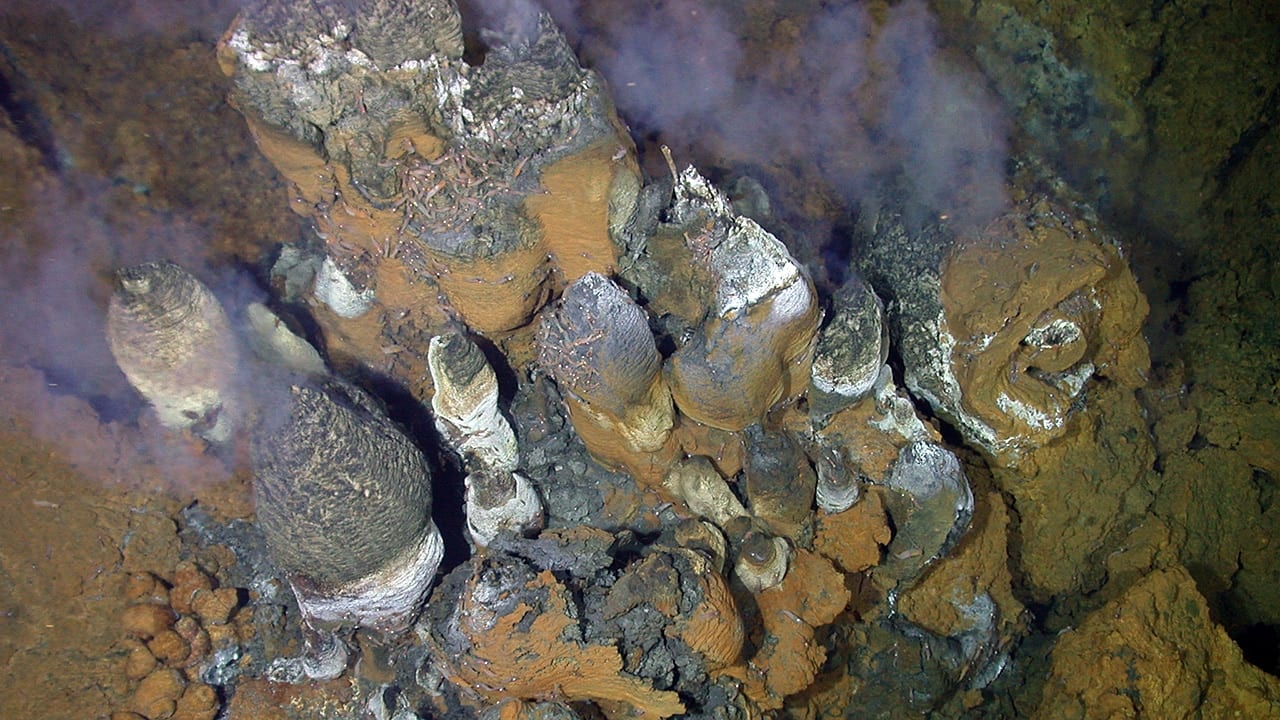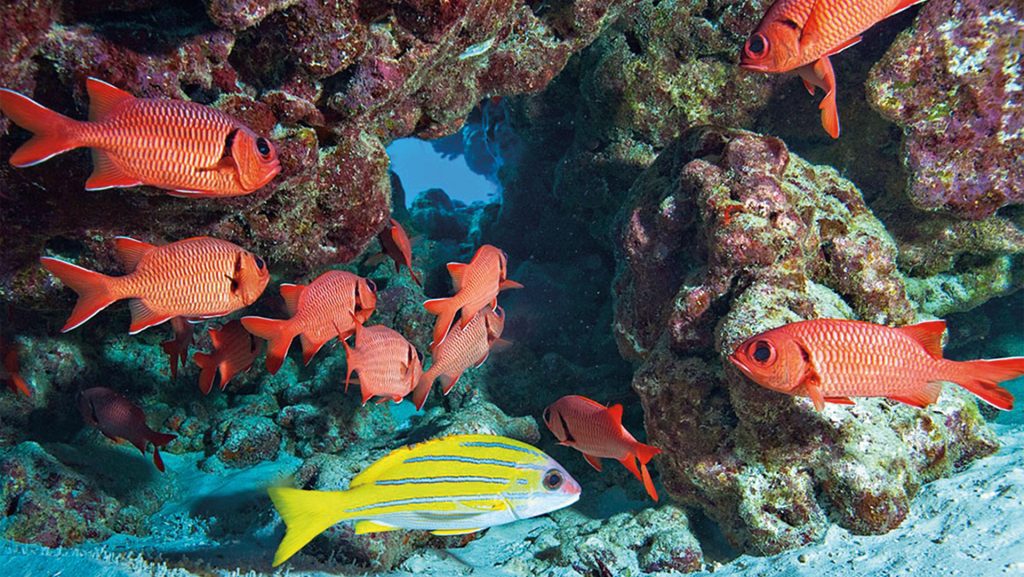Climate & Weather
The ocean plays a central role in global climate and regional weather patterns.
Explore how the ocean regulates climate by absorbing carbon, the ways a warming ocean impacts the intensity of storms and the height of the sea, and how scientists study the ocean's climate history.
Iron Fertilization
Iron fertilization is a technique that would artificially add iron to the ocean's surface, triggering massive blooms of phytoplankton that…
Read MoreOcean Alkalinity
When alkalinity reacts with carbon dioxide in the ocean, it converts it to a form that can't readily return to…
Read MoreSeaweed Cultivation
When seaweed removes carbon dioxide from seawater, it alters the balance of carbon dioxide between water and air, causing the…
Read MoreOcean-Based Climate Solutions
Ocean-based, clean energy technologies hold great potential for ocean-based climate solutions, such as blue carbon, biofuels, and carbon dioxide removal…
Read MoreOcean Warming
Increasing ocean heat is closely linked to increases in atmospheric greenhouse gas concentrations, making the ocean an excellent indicator of…
Read MoreCoastal Restoration & Blue Carbon
Blue carbon refers to atmospheric carbon captured and stored by the ocean, which mitigates the effects of climate change by…
Read MoreSea Level Rise
Sea level rise is expected to continue for centuries and may impact human and the natural environment.
Read MorePaleoclimatology
Understanding how climate naturally varied over thousands and millions of years teaches us how Earth's climate system works and sheds…
Read MoreHow the Ocean Works
Understanding how the ocean works is foundational to understanding life on this planet and to the discipline of oceanography.
Get to know the big systems of the ocean: its cycles, circulation, zones, and connection to the atmosphere. Learn about ocean chemistry, life and landscapes on the seafloor, plate movements, shorelines, and icy regions.
Biological Carbon Pump
The biological carbon pump moves carbon from the surface ocean to the deep sea, helping store atmospheric CO₂ for hundreds…
Read MoreOxygen Dead Zones
Dead zones occur when the water lacks oxygen. Like us, marine animals require oxygen to breathe, and when oxygen levels…
Read MoreOcean-Atmosphere Connection
The complex connections of these two systems are responsible for Earth's weather and climate.
Read MoreHadal Zone
The region extending from 6,000 to 11,000 meters is called the hadal, or hadalpelagic, zone after Hades, the Greek god…
Read MoreMidnight Zone
The midnight zone, or bathypelagic, extends to about 4,000 meters (about 13,100 feet), which reaches the ocean floor in many…
Read MoreSunlit Zone
The upper layer of the ocean is known as the sunlit, or euphotic, zone. Because water strongly absorbs light, sunlight…
Read MoreAbyssal Zone
The abyssal zone, or the abyss, is the seafloor and water column from 3,000 to 6,500 meters (9,842 to 21,325…
Read MoreOcean Zones
The ocean water column is made up of five zones: the sunlight (epipelagic), twilight (mesopelagic), midnight (bathypelagic), abyssal (abyssopelagic) and…
Read MoreOcean & Human Lives
The oceans are critical to human flourishing: they feed and sustain billions of people, and make life as we know it possible
Study the entwined life of humanity and the sea—the impacts of natural disasters, pollution, and harmful algal blooms. Learn how scientists locate shipwrecks, lost planes, and other human artifacts to unearth a historical record and study how ocean life colonizes these materials.
Stellwagen Bank
The shallow waters of the Stellwagen Bank create treacherous conditions that change unexpectedly and have led to numerous shipwrecks that…
Read MoreOcean Culture & History
The role of the ocean in human culture is profound, as people experience the sea in many ways, and respond…
Read MoreNatural Disasters
Our ocean planet is dynamic and constantly changing, sometimes resulting in dramatic threats to humans.
Read MoreOcean & Human Lives
The oceans are critical to human life, and ocean scientists are working to investigate the untapped potential of the sea…
Read MoreExpedition to Stellwagen Bank National Marine Sanctuary
Stellwagen Bank, an underwater plateau off Boston, is a biological hotspot and key fishing ground. It's a prime whale-watching spot…
Read MoreWatch What You Eat
Harmful algal blooms can taint seafood with toxins, causing illness or even death. Learn how blooms affect human health through…
Read MoreEarthquakes and Seismic Waves
Earthquakes release energy as seismic waves, revealing Earth's interior and helping locate quake sources to understand tectonic processes and earthquake…
Read MoreOcean Life
Every drop of ocean water holds living things.
Across Earth’s history, the ocean has nurtured nearly every form of life that has ever existed. Immerse yourself in the diverse ecosystems around coral reefs, the surprising homes of marine microbes, the migrations of giant marine mammals, and the clues embedded in Environmental DNA.
Seagrass Meadows
Seagrass meadows are plants adapted to live a completely submerged life in the salty shallows.
Read MoreEnvironmental DNA (eDNA)
Environmental DNA (eDNA) is essentially DNA collected from the environment. As animals swim through the ocean, they're constantly releasing DNA…
Read MoreRight Whale FAQs
Northern right whales are large baleen whales known for their distinctive callosities and slow-moving nature. Read our FAQ about this…
Read MoreOcean Plants
Ocean plants are critical to marine life—they are an important food source, they provide oxygen to surrounding marine life, and…
Read MoreBenthic Life
Benthic animals live on the sea floor and are typically invertebrates, such as sea anemones, sponges, corals, sea stars, sea…
Read MoreReef Ecosystems
A healthy reef protects coastlines from wave damage, plays a critical role in providing food, boosts the economy, and provides…
Read MoreCoral Stressors
Stressors can affect organisms living on the reef or they can affect the corals, themselves. When corals die, other organisms…
Read MoreEcosystems
Ocean ecosystems are found in polar regions, coastal waters, coral reefs, hydrothermal vents, the abyssal plain, and at the bottom…
Read MoreEmperor Penguins
The emperor penguin is the largest living penguin species standing around 115 centimeters tall. Once they have found a partner,…
Read MoreRight Whales
The North Atlantic right whale (Eubalaena glacialis) is one of the most endangered whales in the world—approximately 340 remain—due to…
Read MoreOcean Tech
Studying the ocean is as much a technological challenge as it is a scientific one.
Get to know the underwater vehicles, sensors, imaging, communications systems, and modeling tools scientists use to illuminate this harsh environment.
Ocean Modeling
Ocean models are mathematical models of ocean properties and circulation, which helps us to better understand the ocean's influence on…
Read MoreOcean Tech
Researchers use a variety of instruments and tools to sample and study the ocean.
Read MoreAcoustic Doppler Current Profiler (ADCP)
An Acoustic Doppler Current Profiler (ADCP) uses sound waves to measure water current speed at multiple depths, helping scientists study…
Read MoreSonar Single Beam
Echo sounding uses sound waves bounced off the ocean bottom to calculate depth. The faster the sound waves return, the…
Read MoreAutonomous Hydrophone Array (AHA)
Hydrophone arrays "hear and record sound waves generated by seismic events, submarines, or whales, and are installed in places that…
Read MoreOcean Observatories
Ocean observatories have suites of instruments and sensors with long-term power supplies and permanent communications links that feed data in…
Read MoreSustainable Ocean
The global ocean provides food, minerals, and other valuable resources.
Read up on the science and technological advances that can inform management of the ocean so that fisheries remain stable, ecosystems that support the food web are protected, new ocean-based energy sources do not harm marine life, and humans can continue to live in harmony with the ocean for generations to come.
FAQs about offshore wind and whales
Learn how researchers study offshore wind, whale deaths, and climate change—separating fact from fiction to help protect marine life while…
Read MoreOffshore Wind
Offshore wind energy generates electricity through wind farms along inshore water areas such as lakes, fjords and sheltered coastal areas,…
Read MoreSeafloor Mining FAQs
Deep-sea mining extracts metals like nickel and cobalt from ocean floors over 200m deep, with potential environmental impacts and global…
Read MoreWho Regulates Seafloor Mining?
The International Seabed Authority regulates deep-sea mining beyond national zones, balancing resource access with environmental protection and global benefits.
Read MoreMarine Protected Areas
Marine protected areas refers to any part of the ocean that receives some level of protection under law, protecting about…
Read MoreSeafloor Mining
The ocean contains a complex combination of processes that sometimes result in commercially viable forms of a wide range of…
Read MoreSustainable Ocean
The global ocean provides food, minerals, and other valuable resources for human use.
Read More